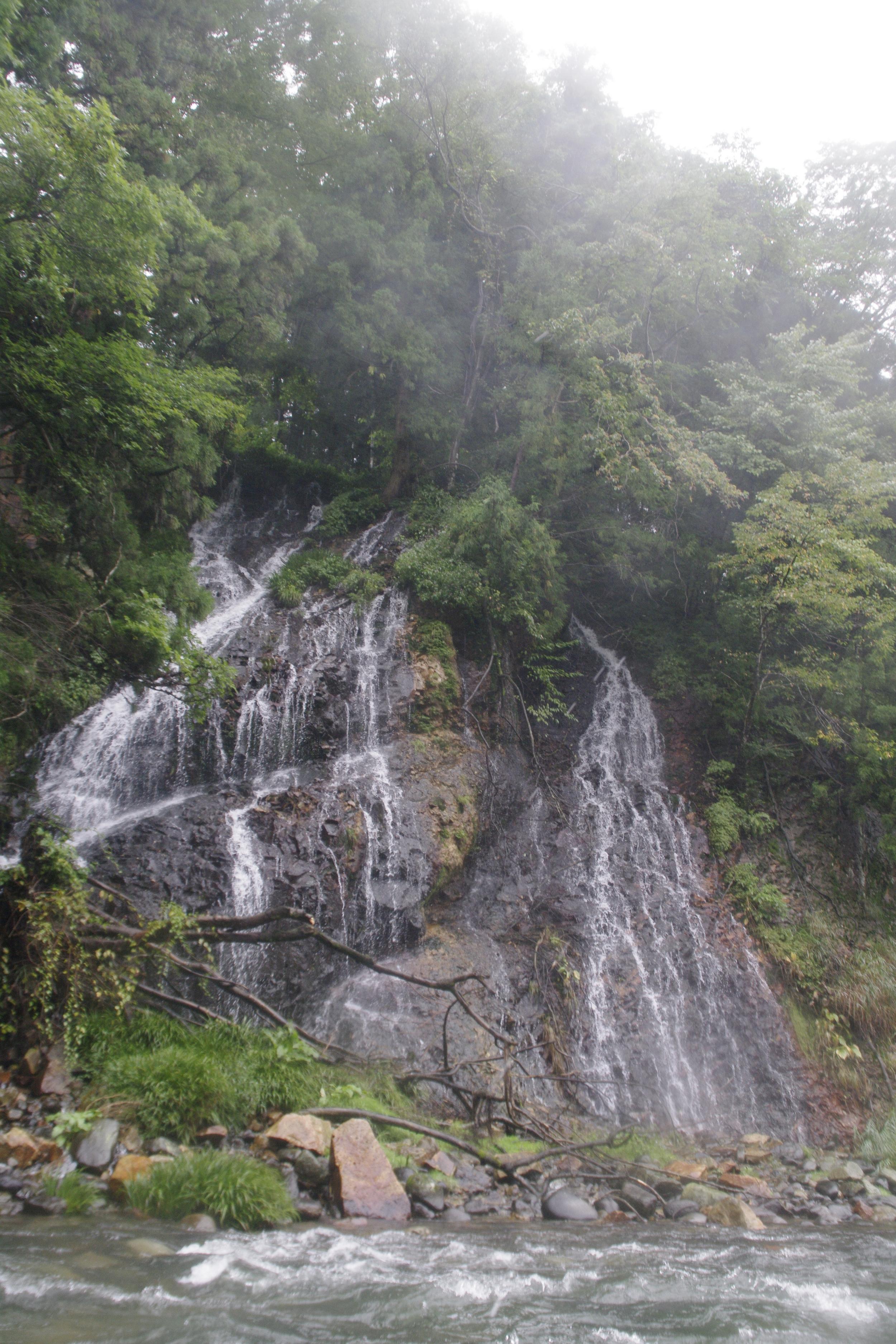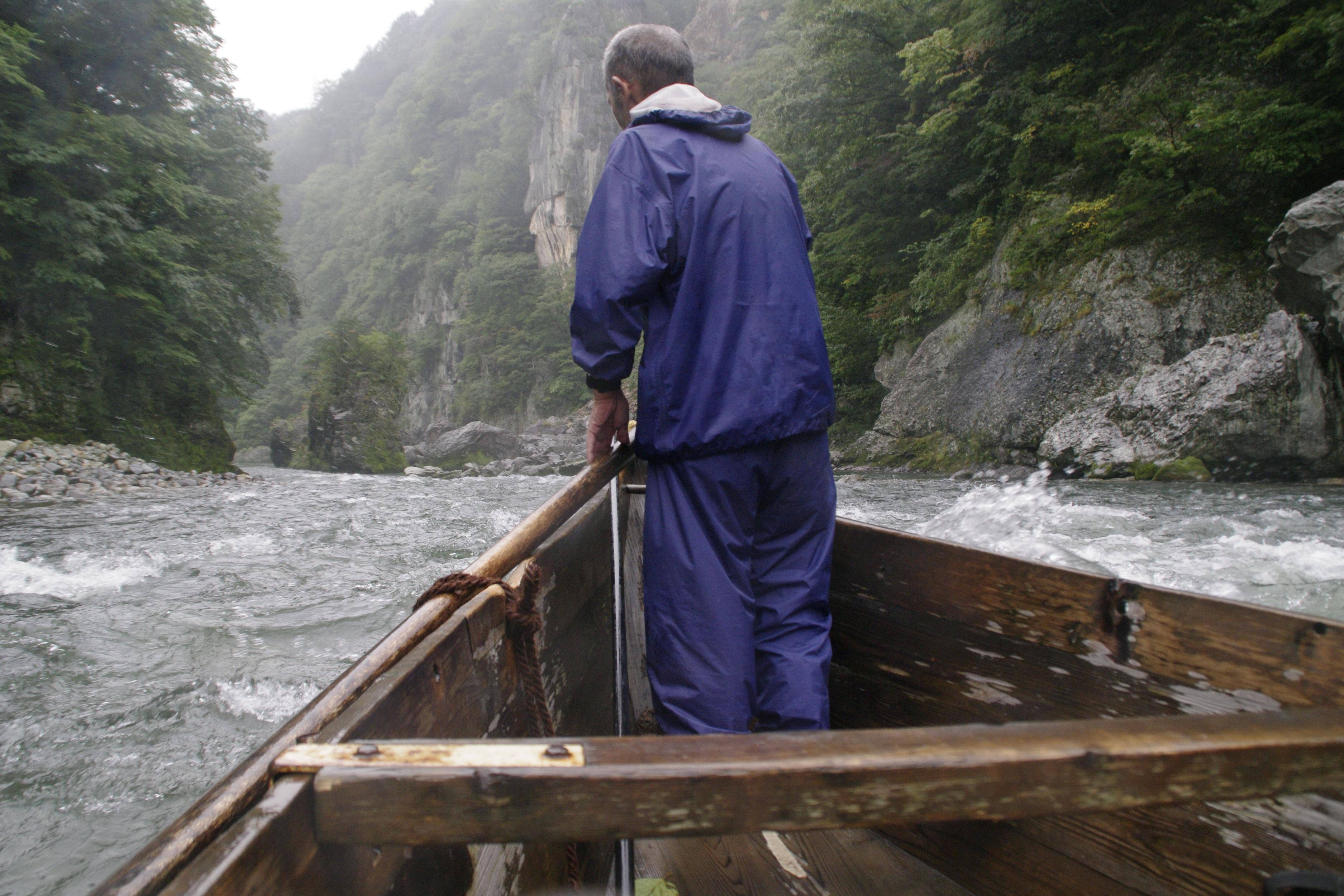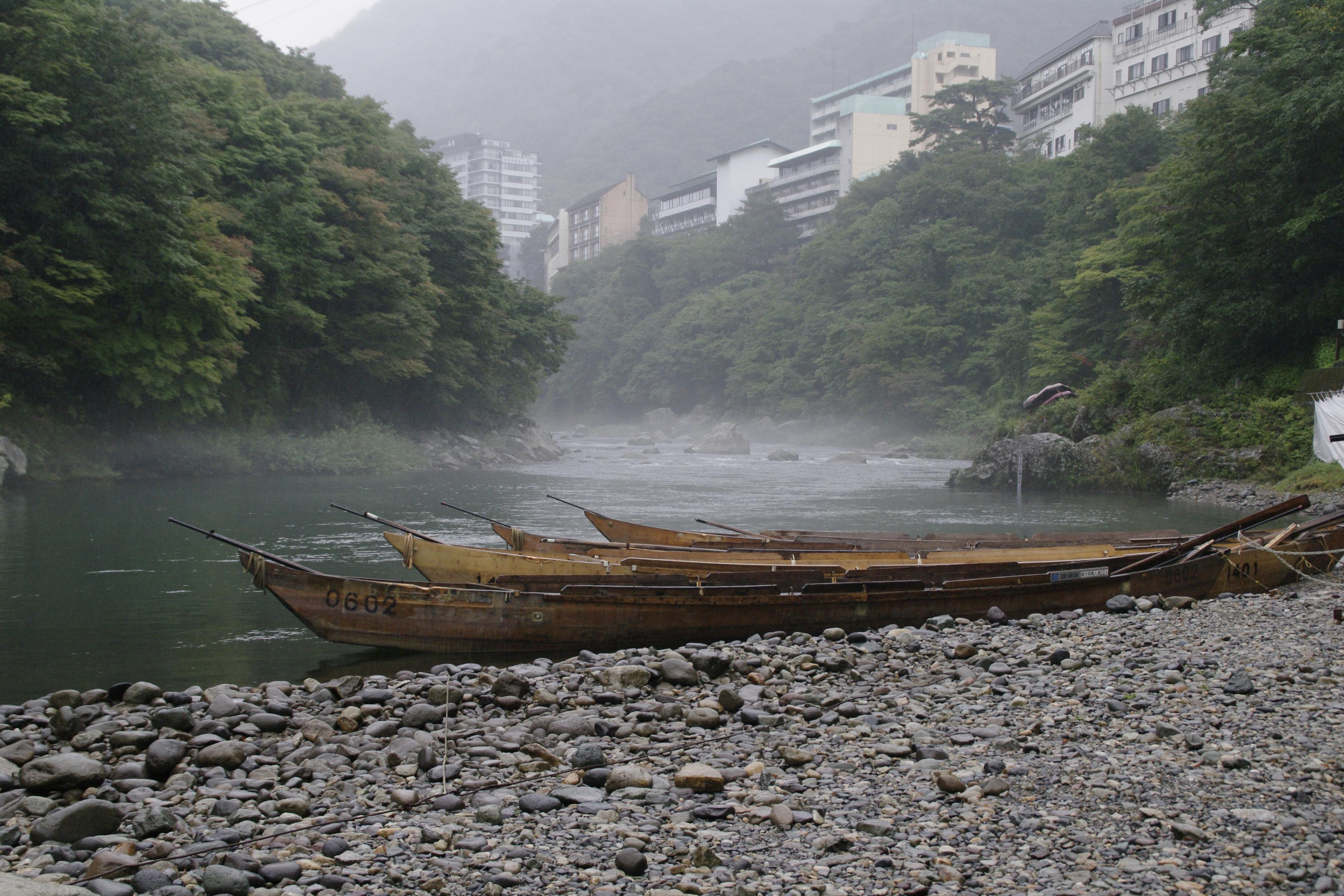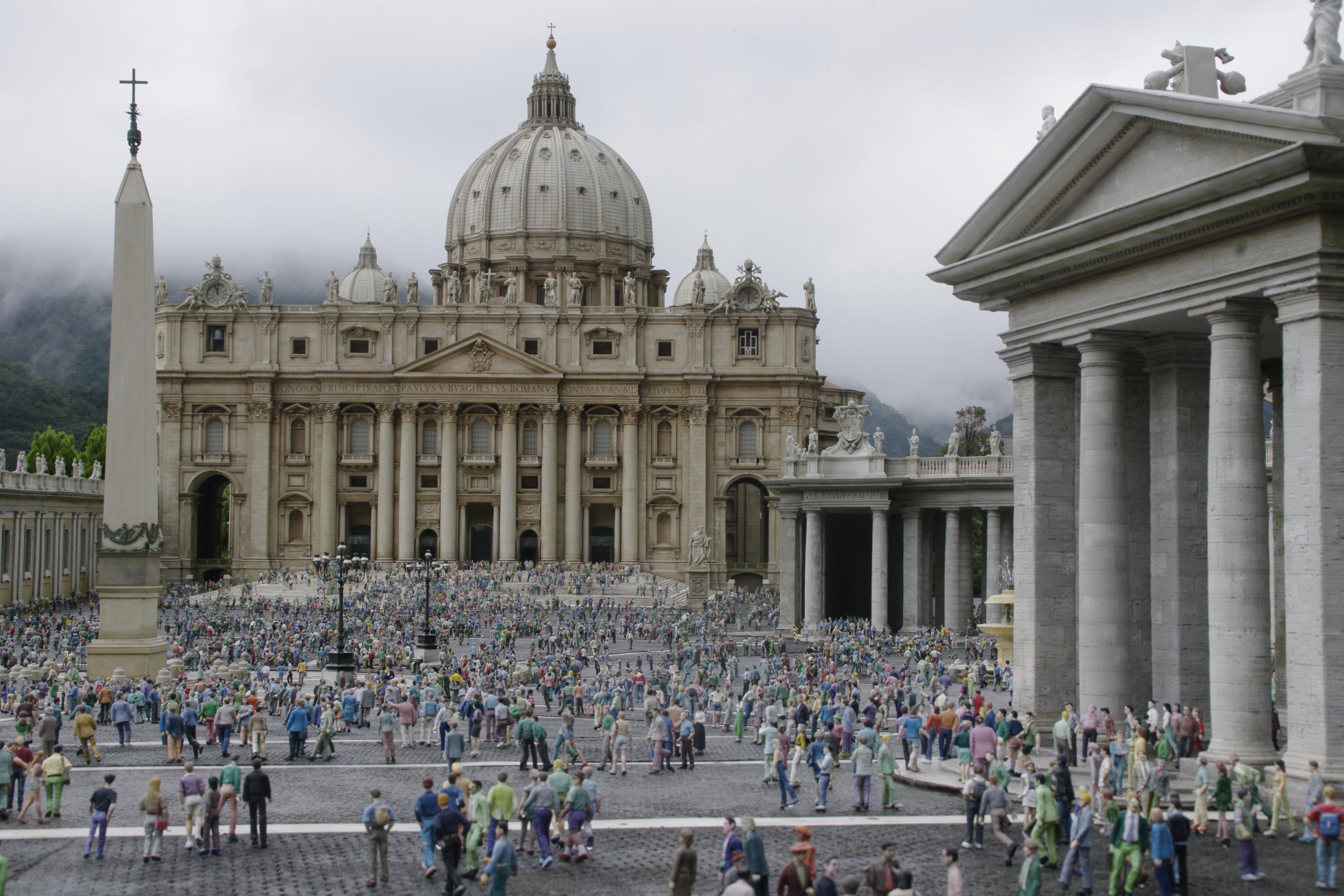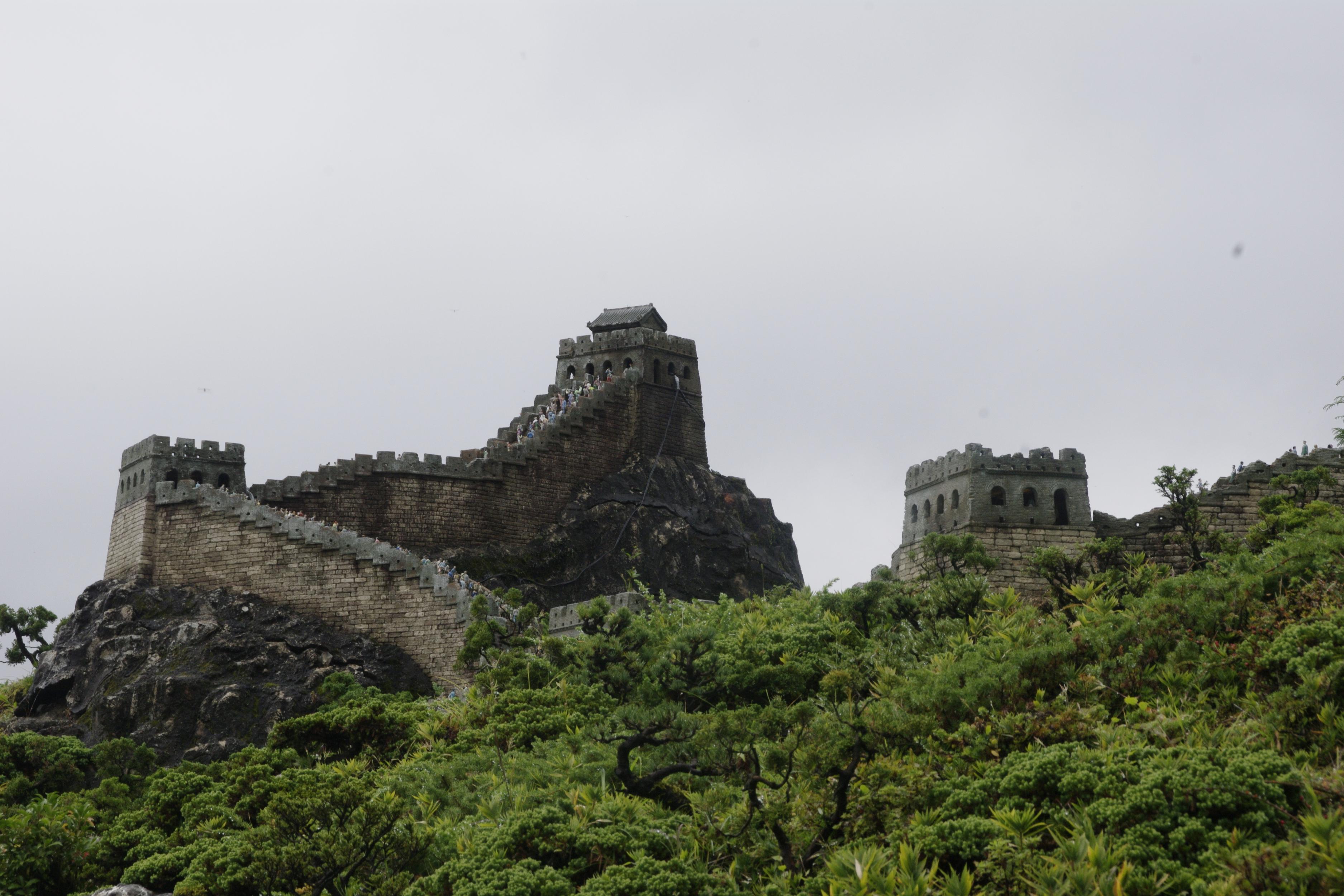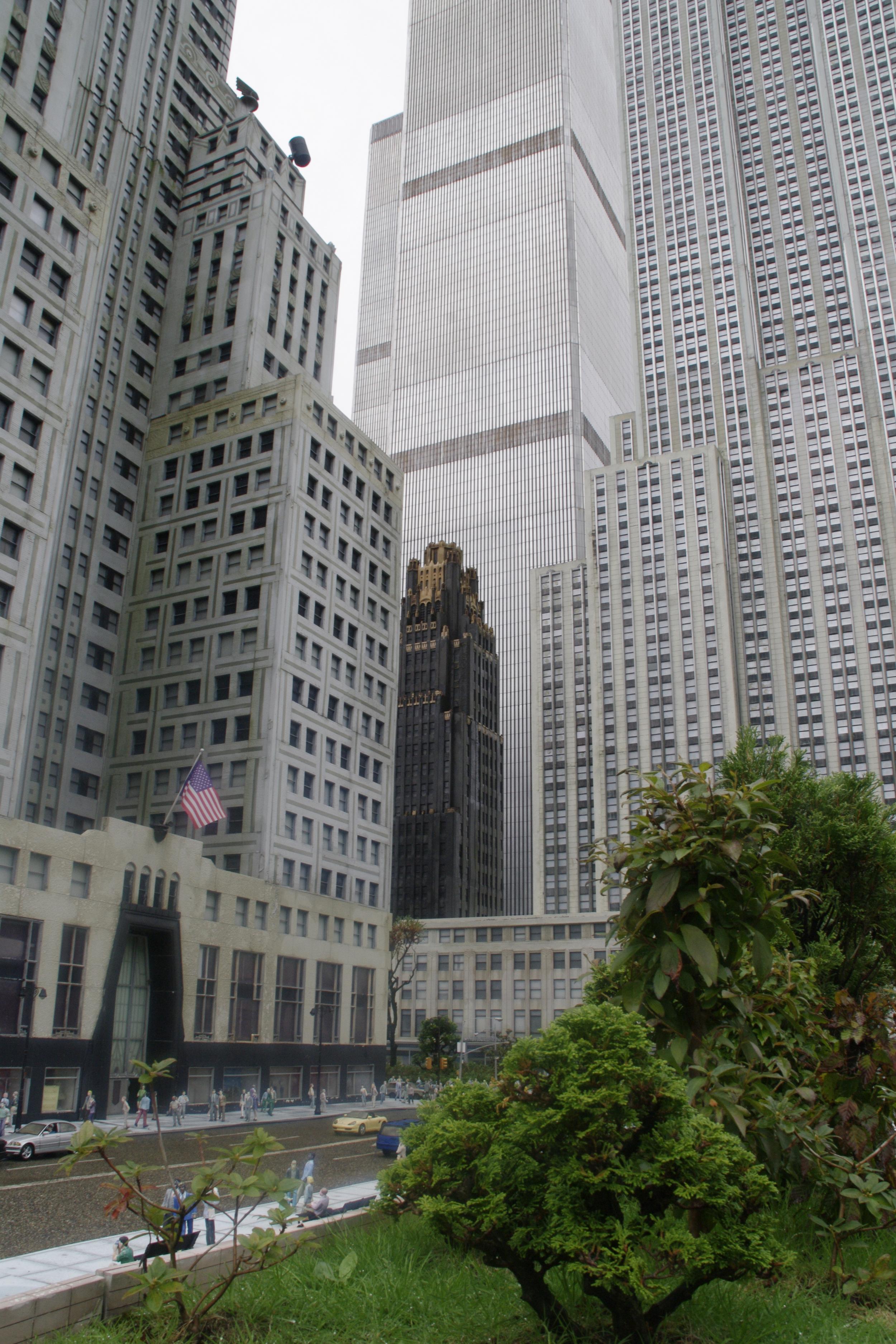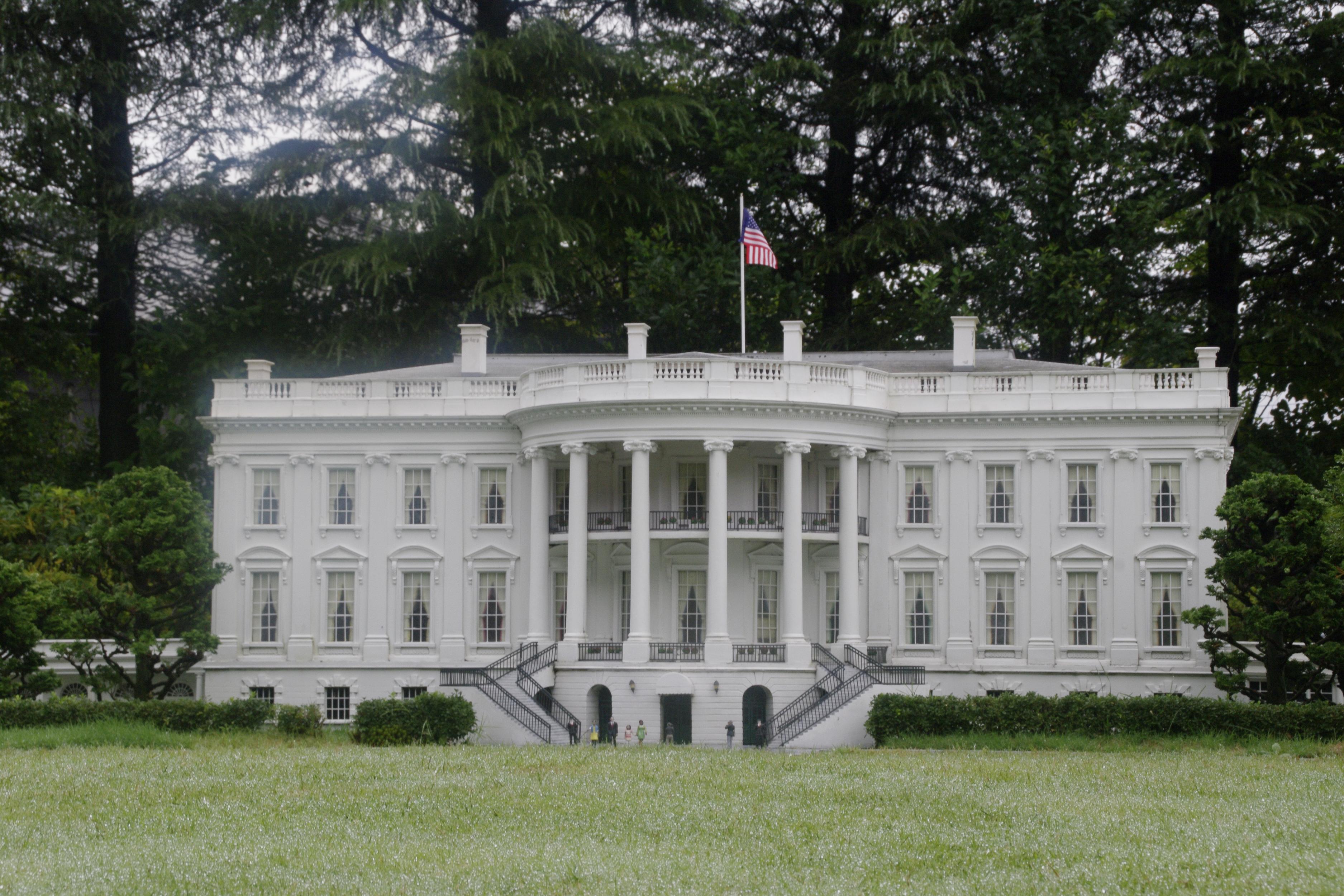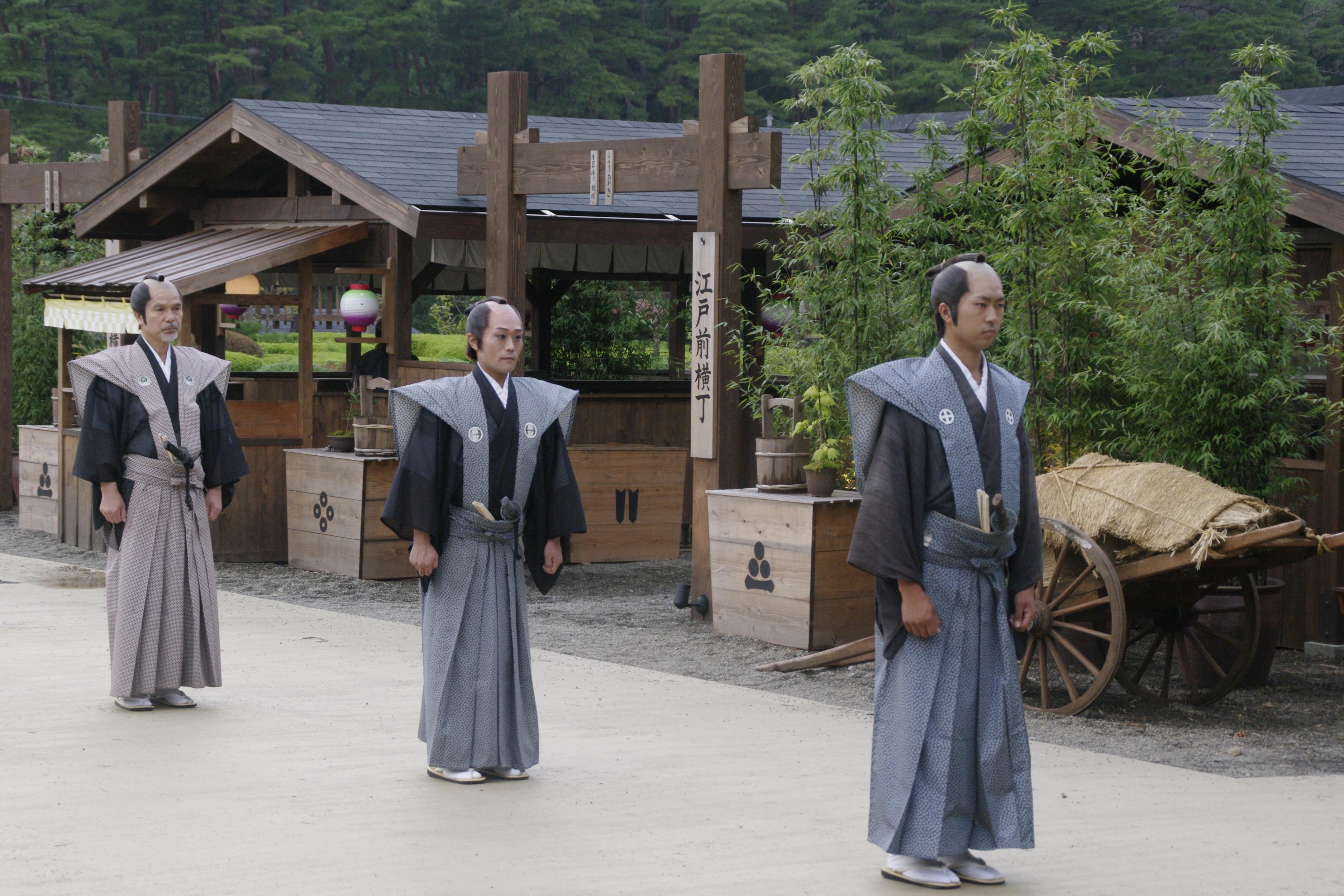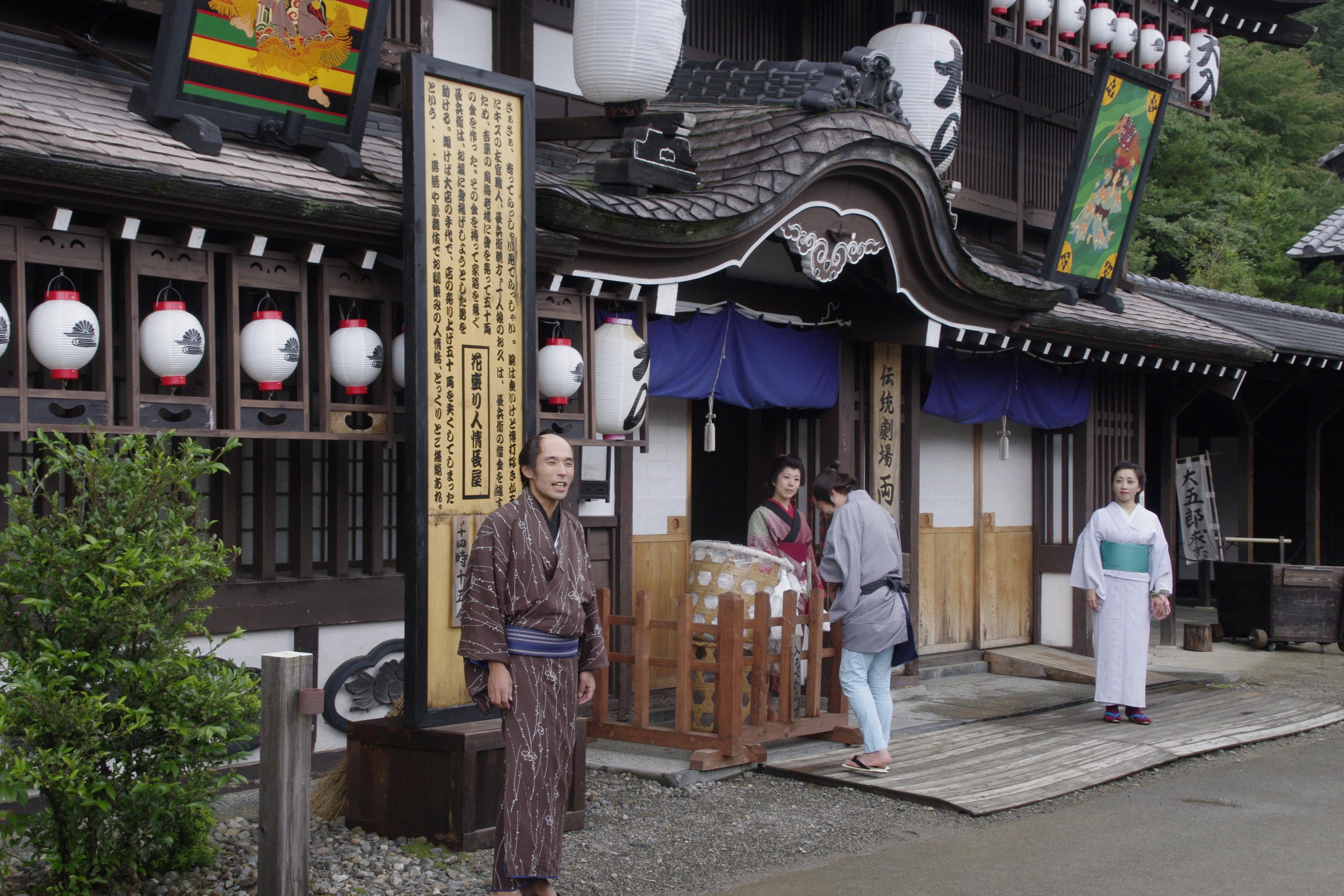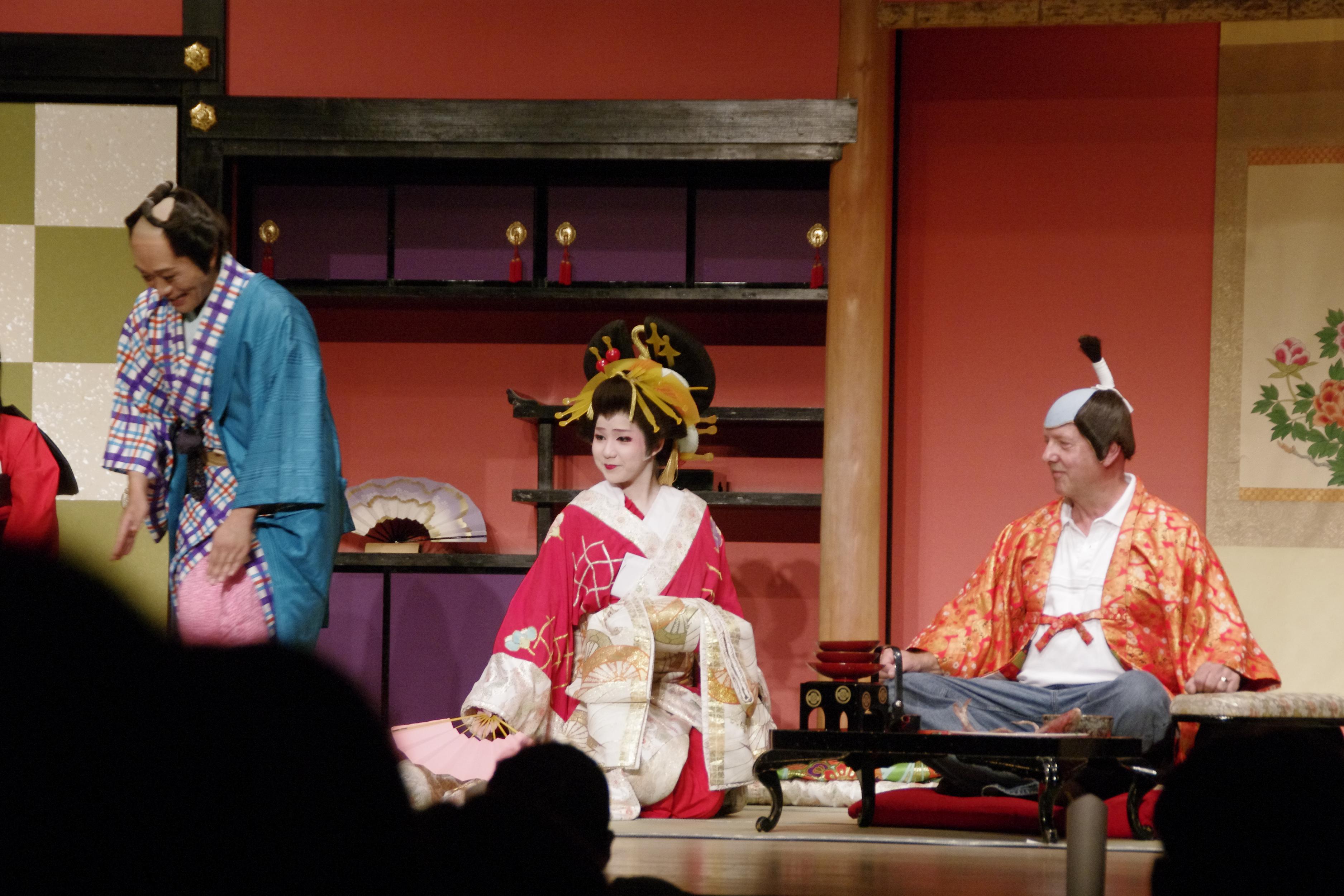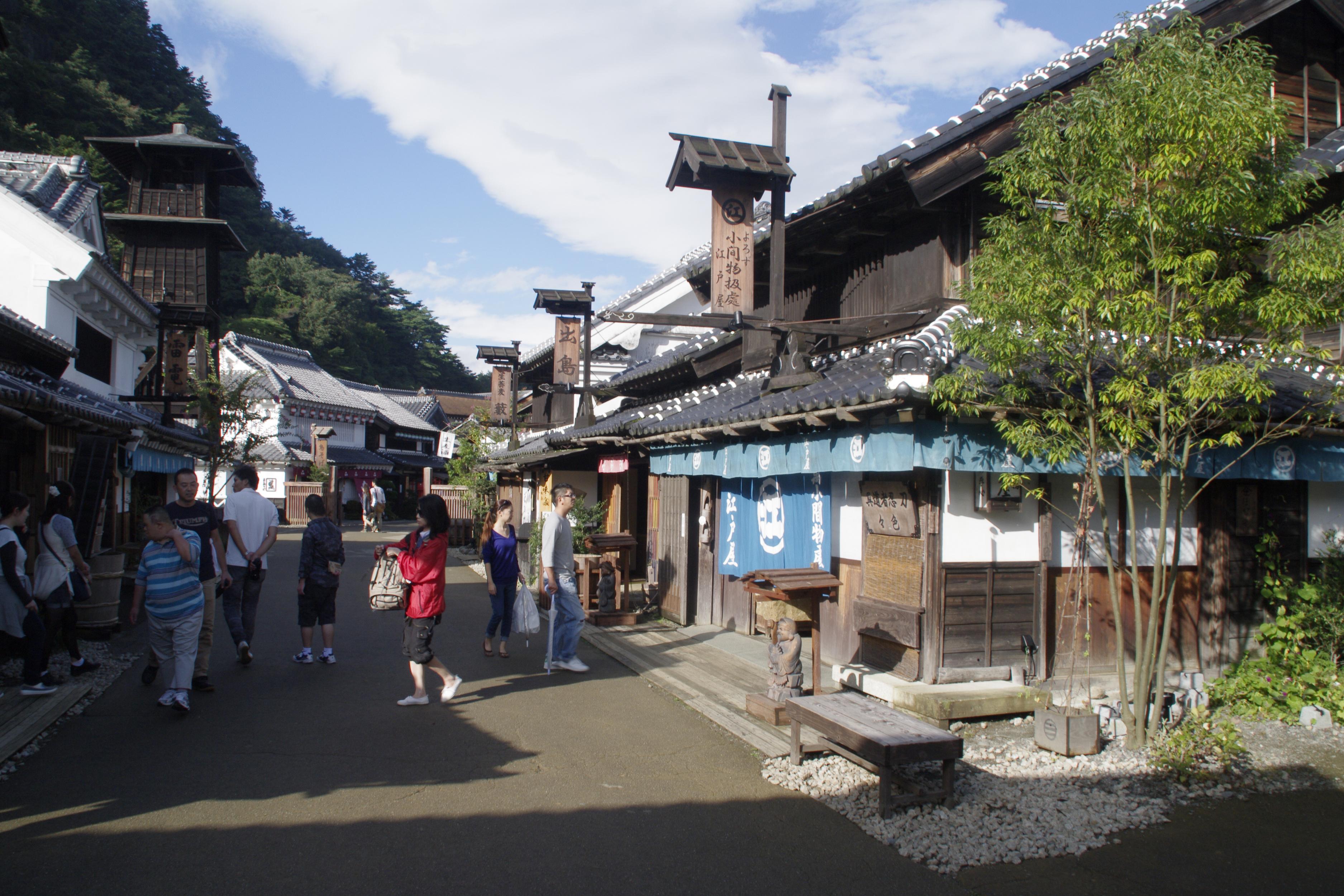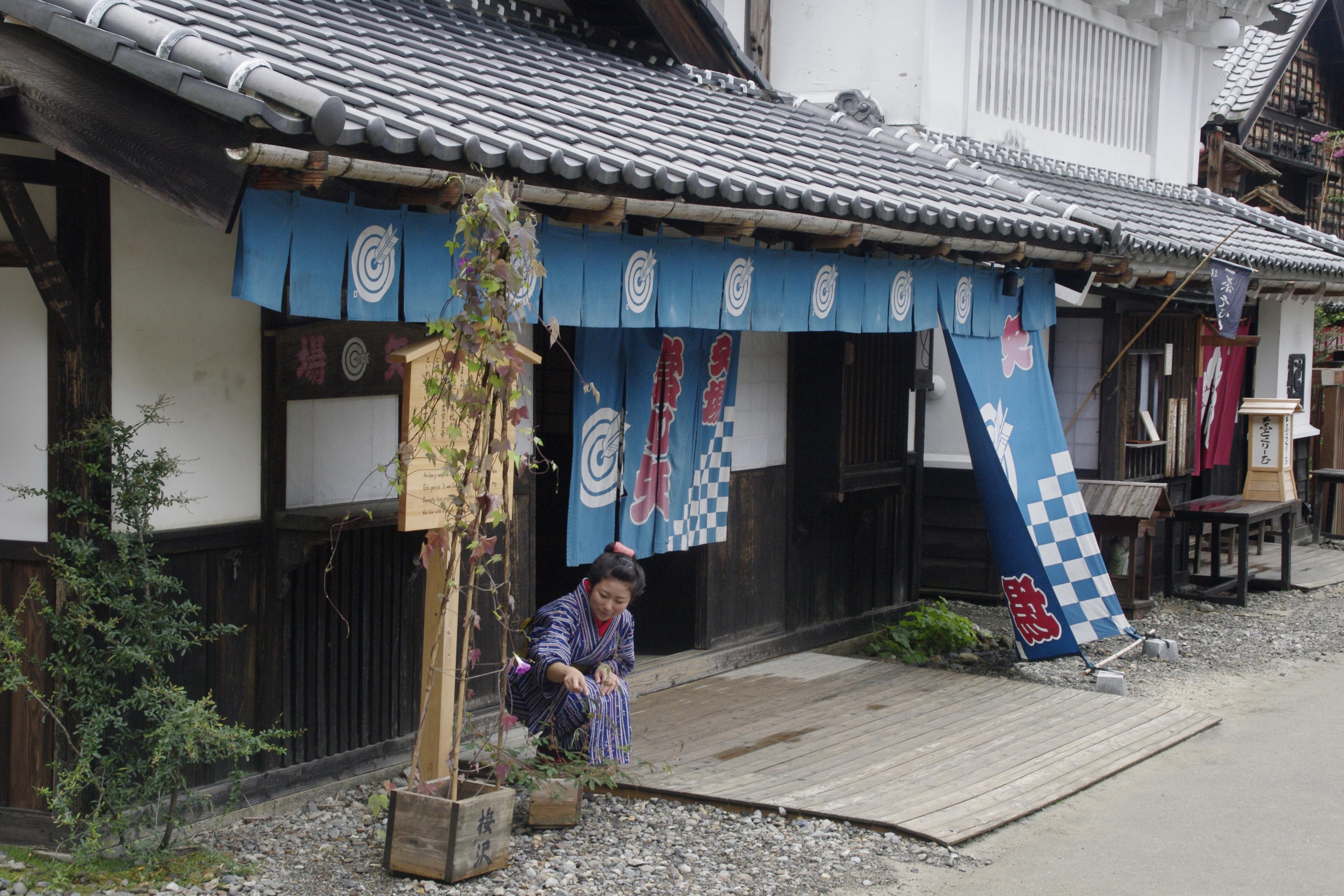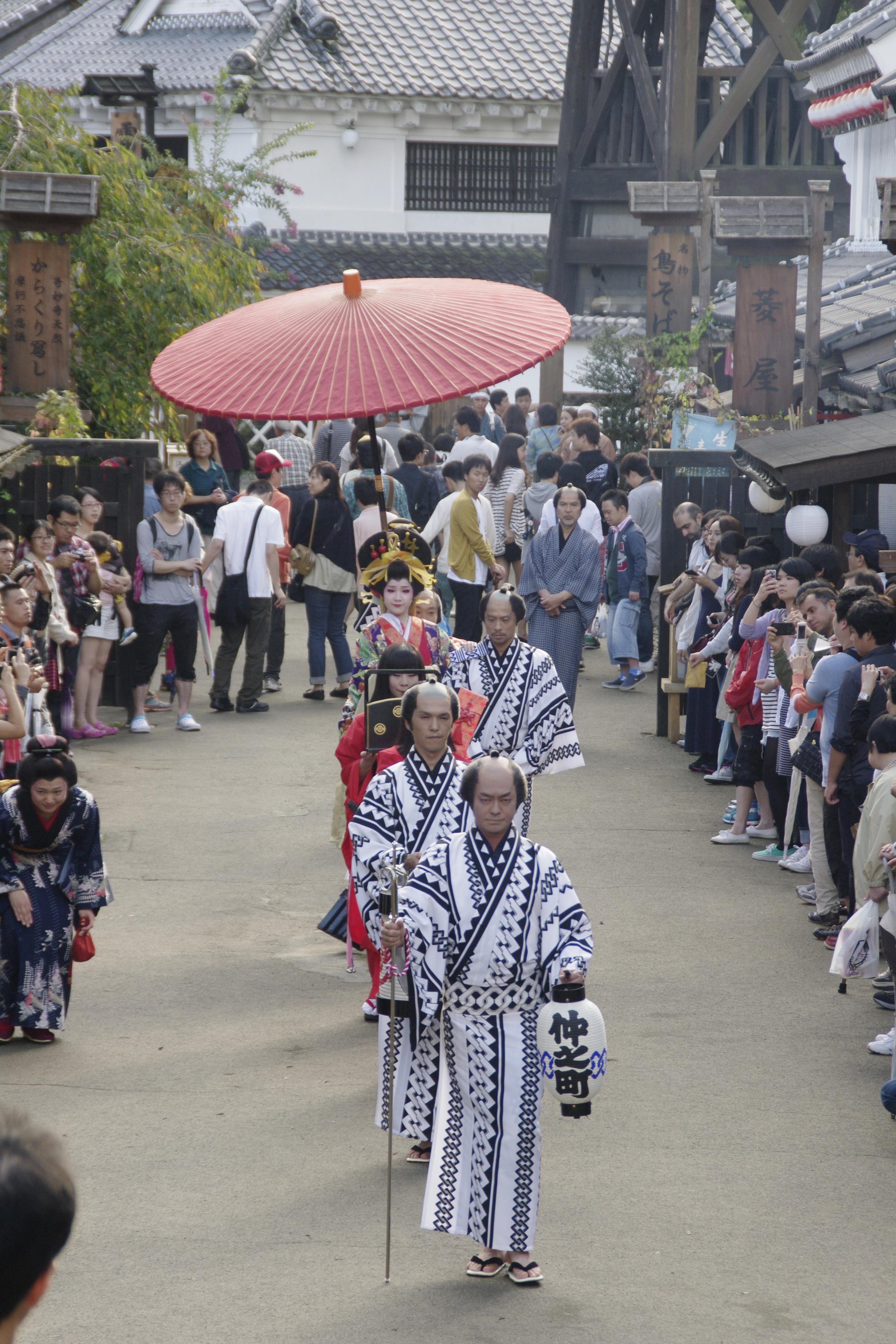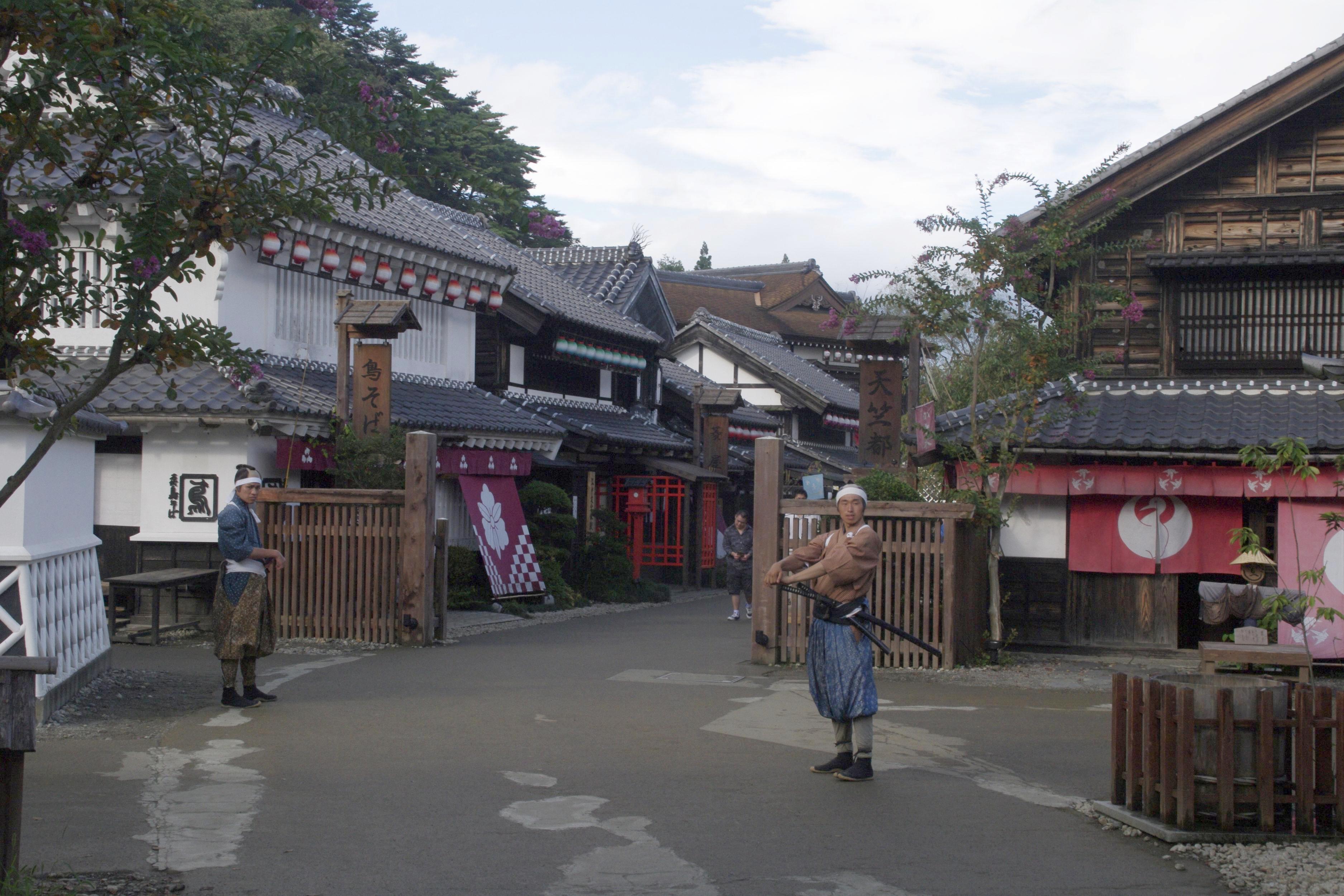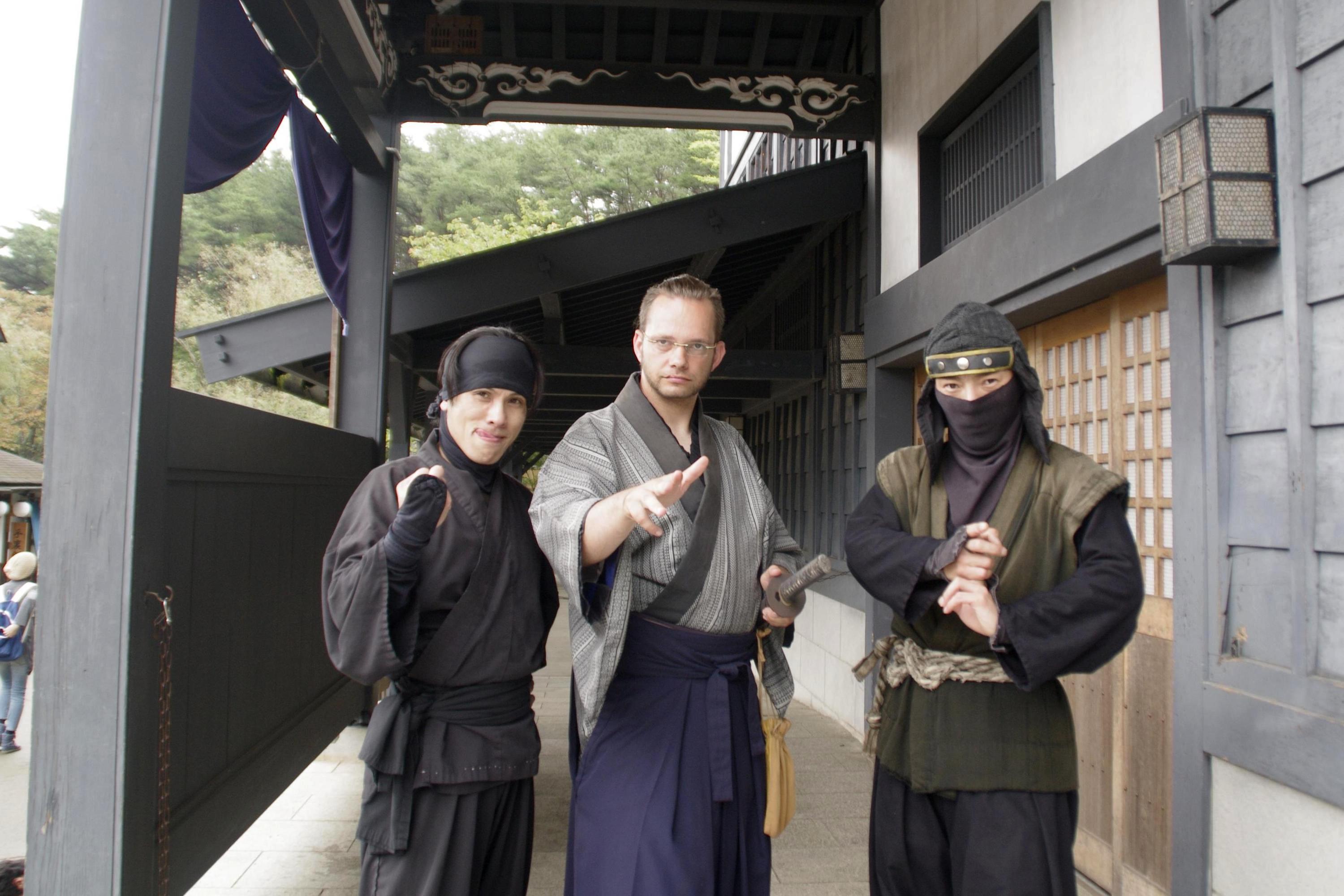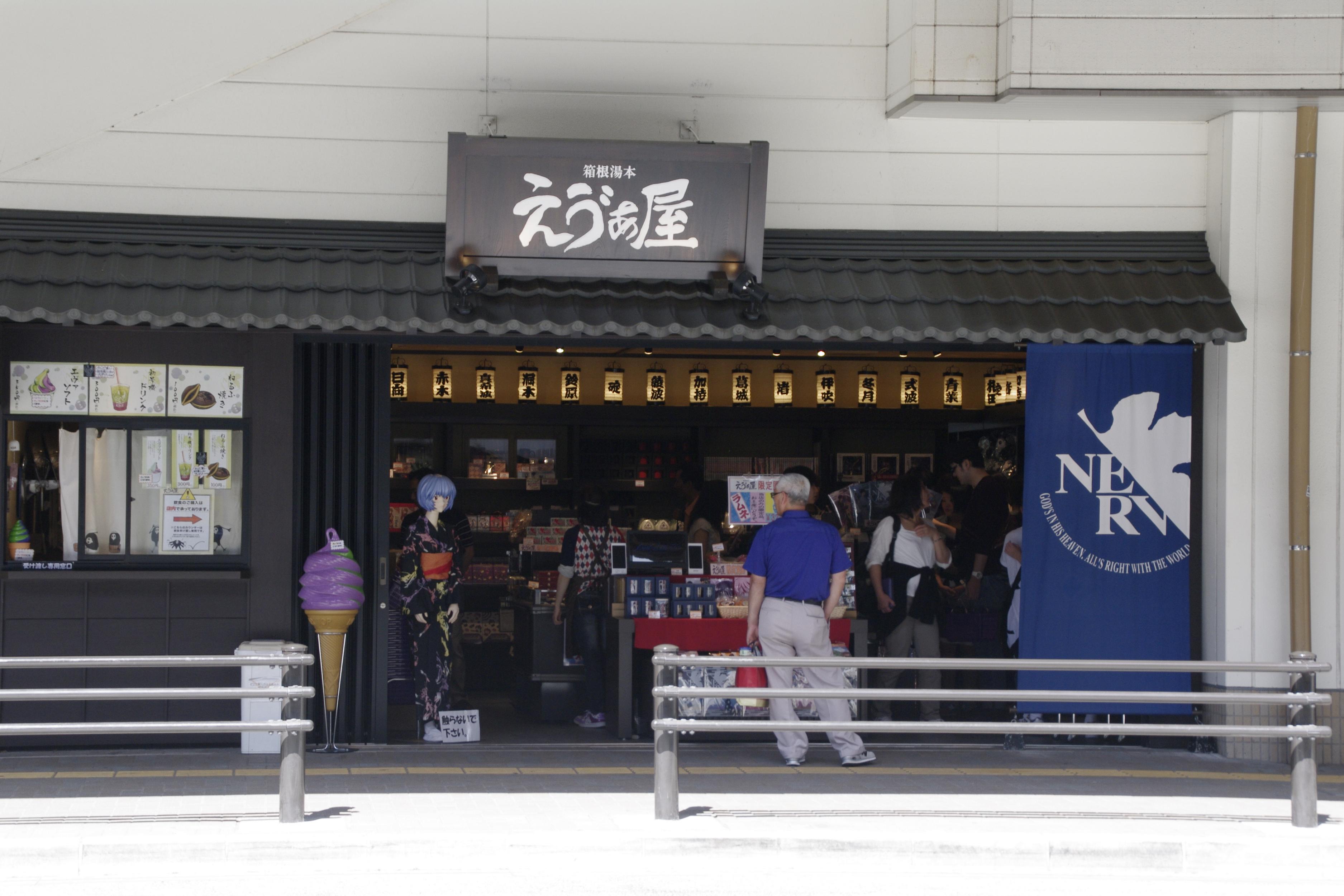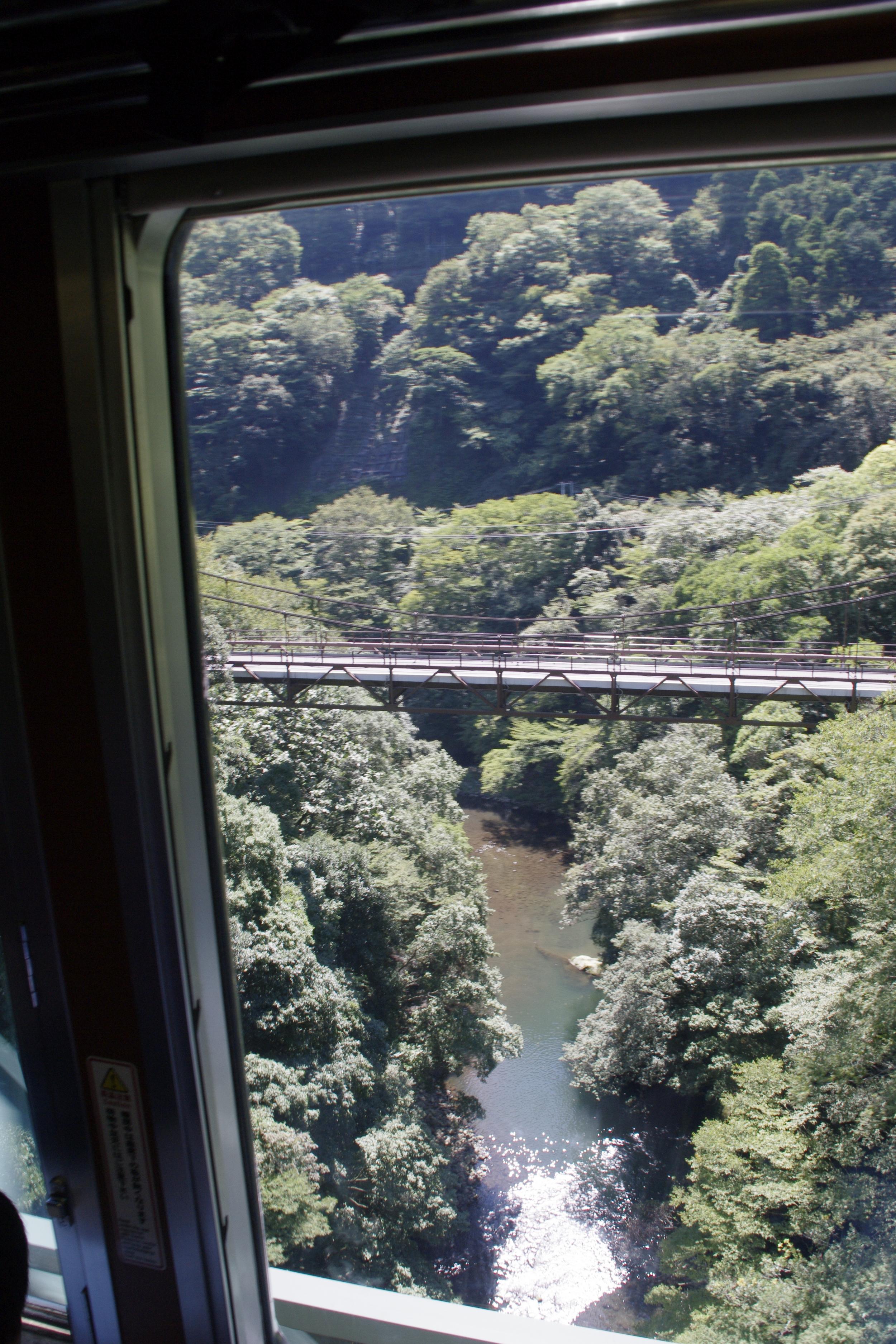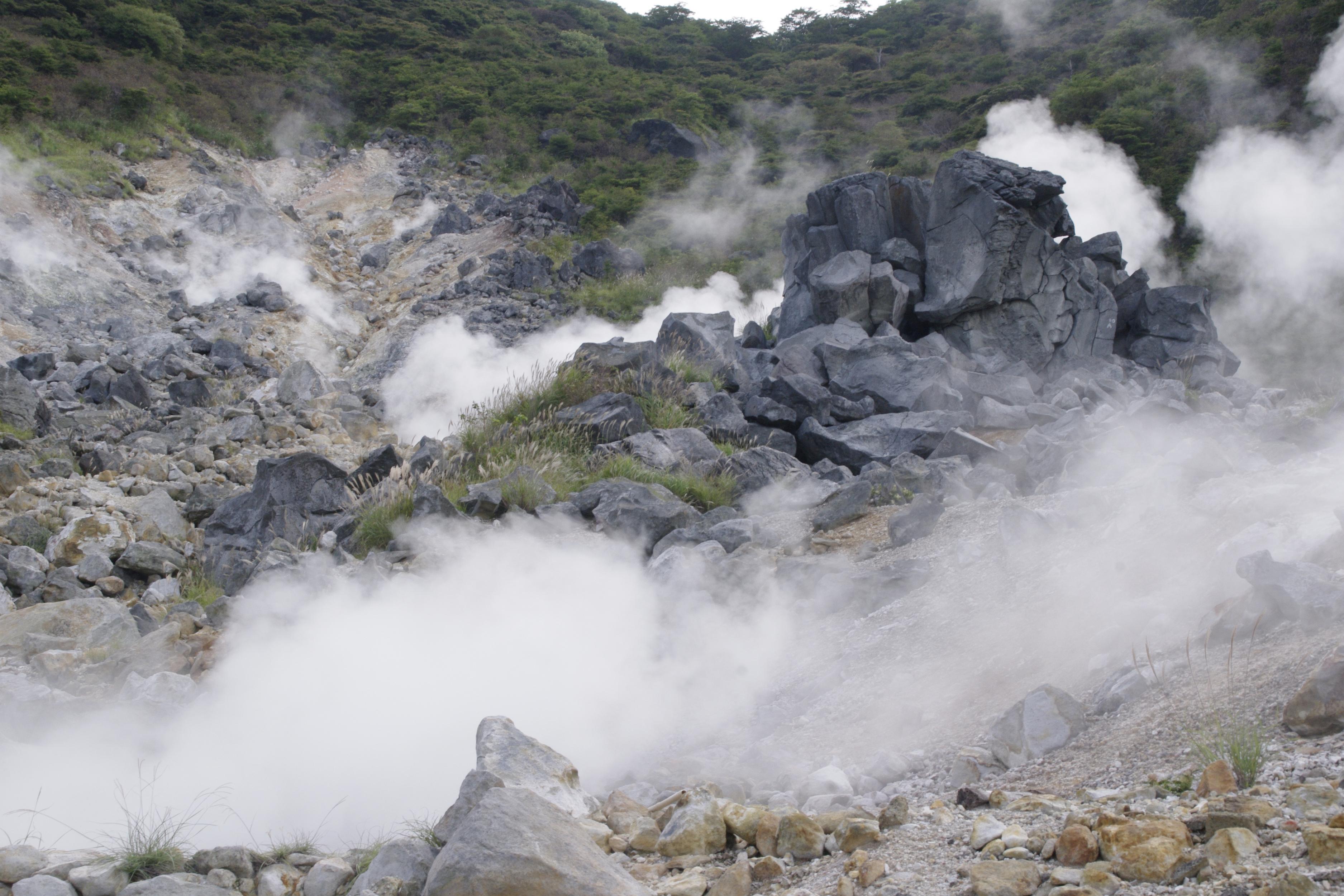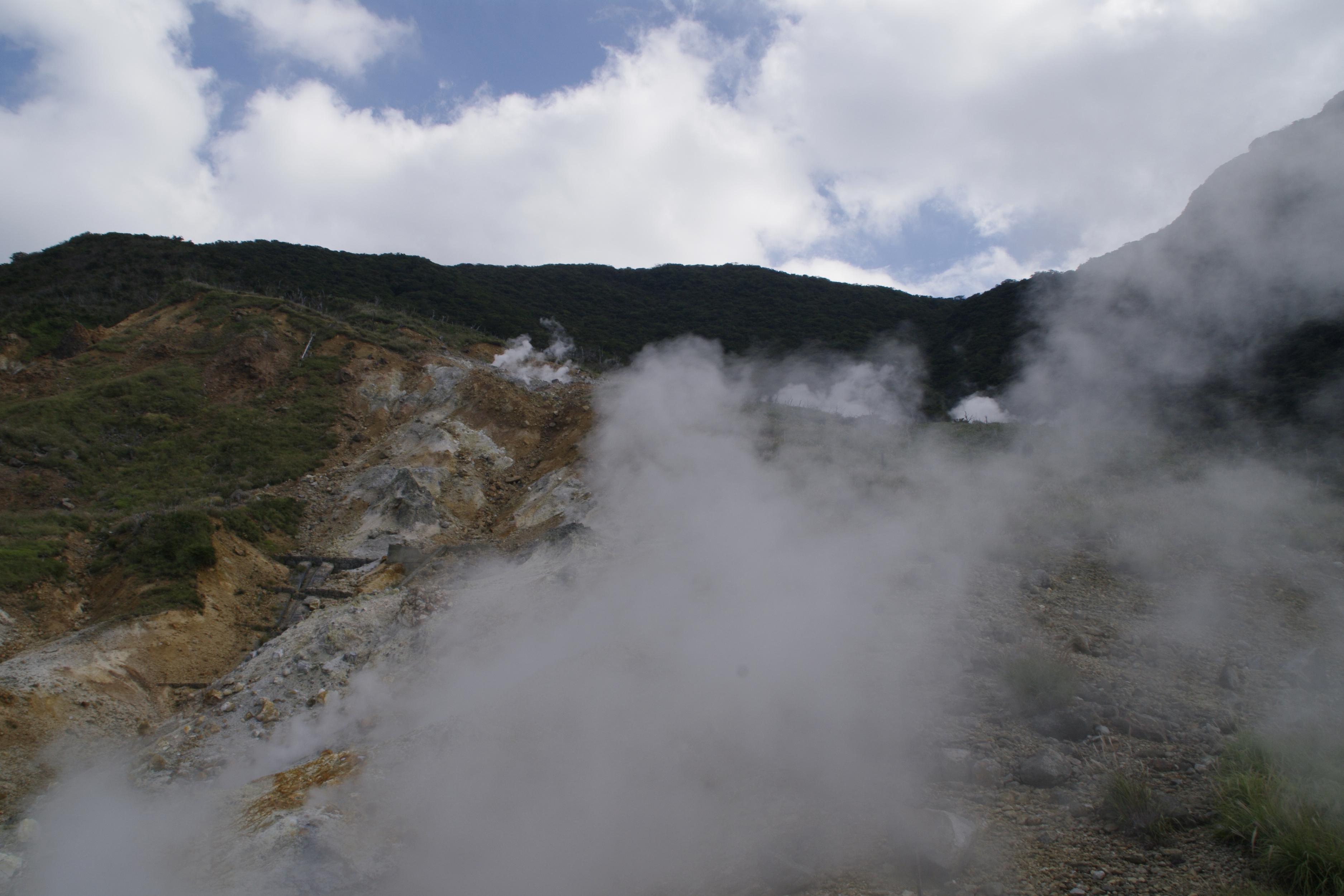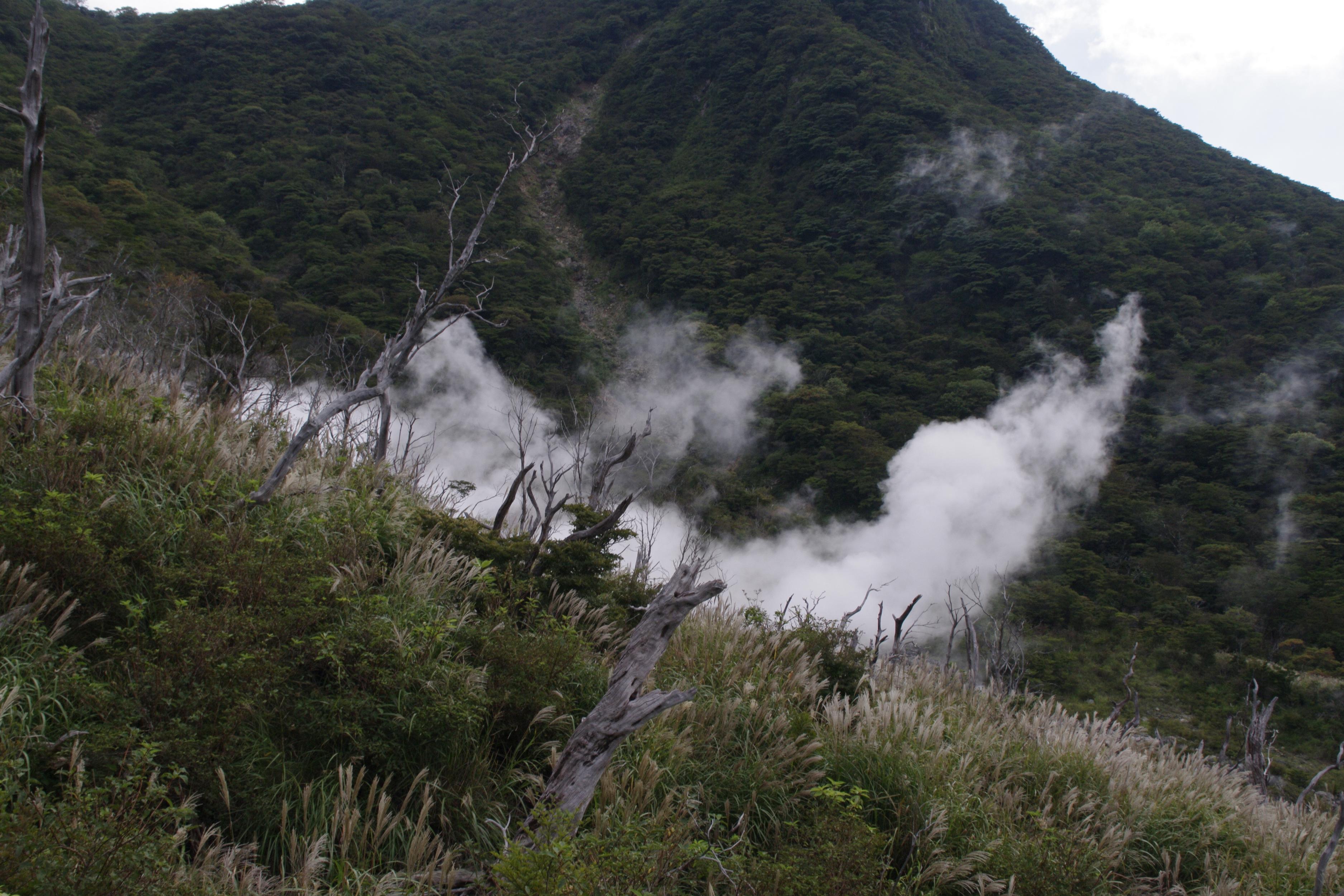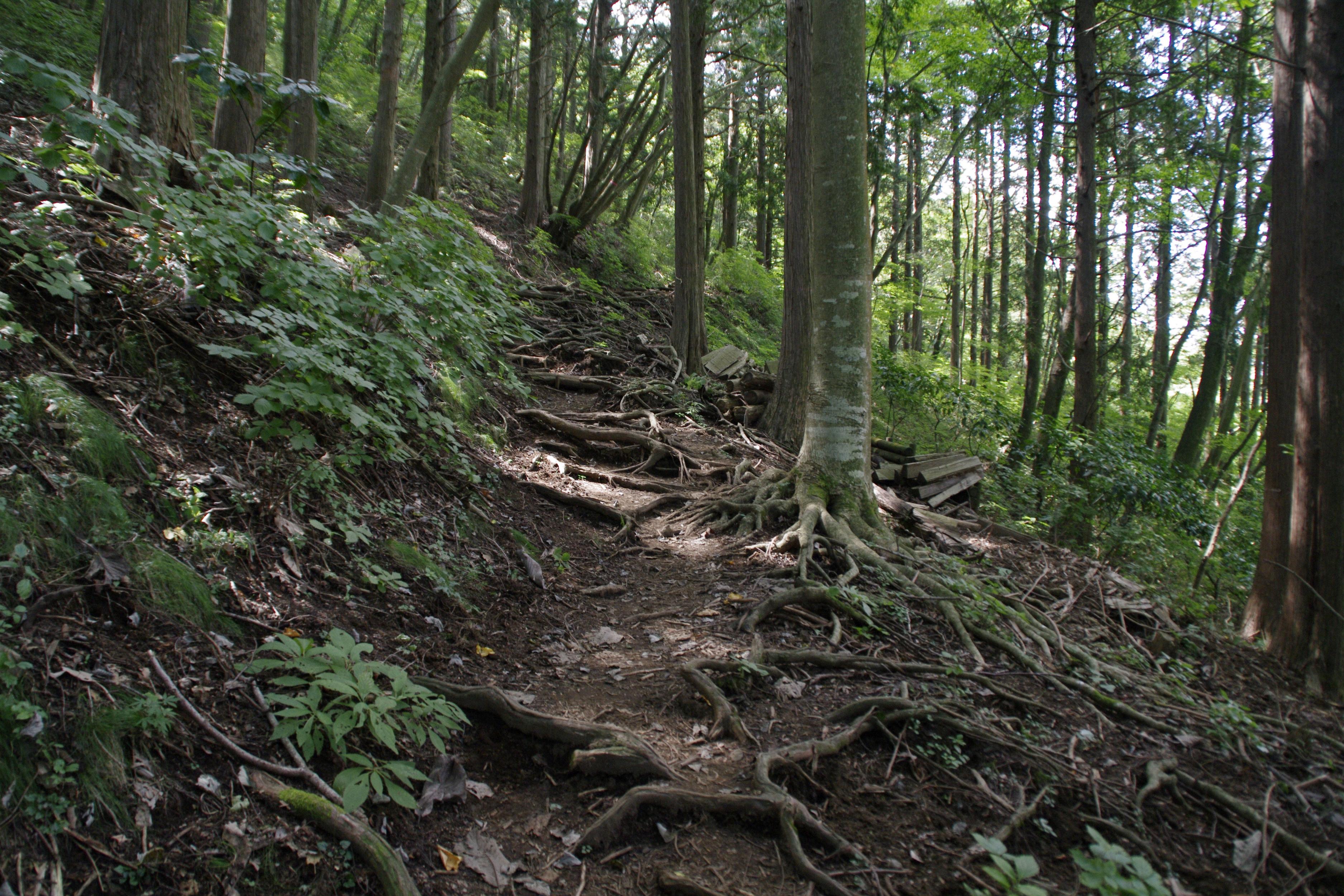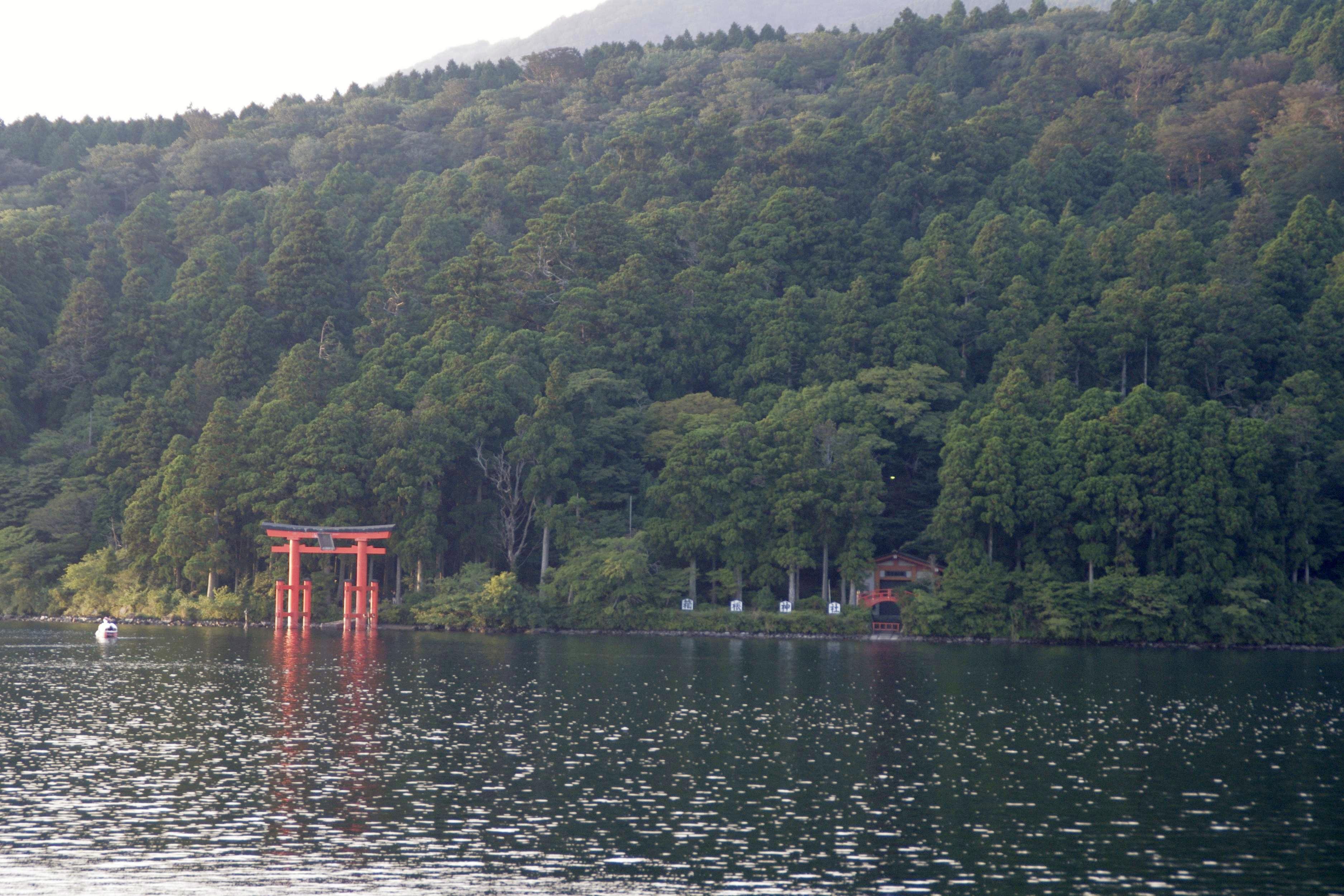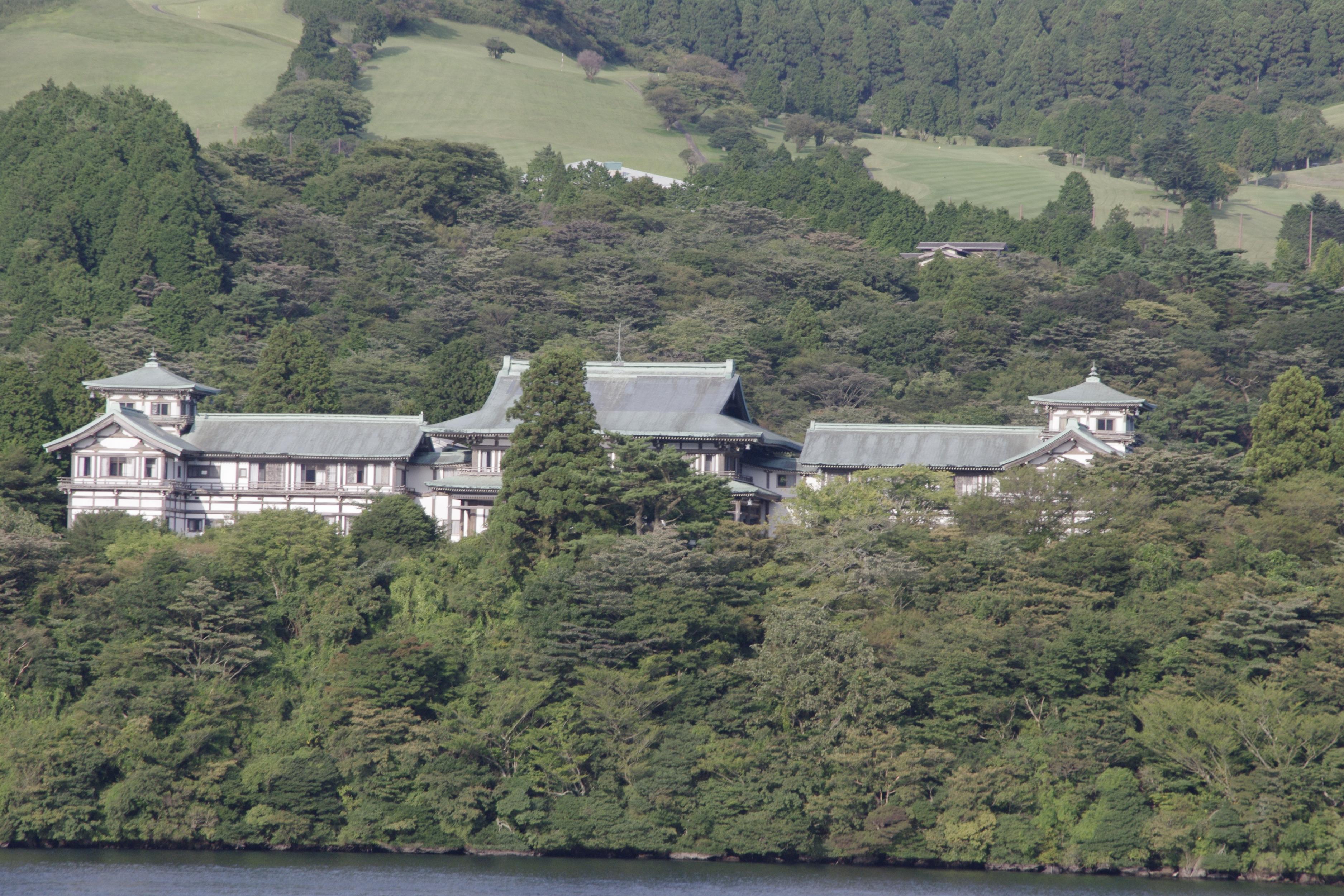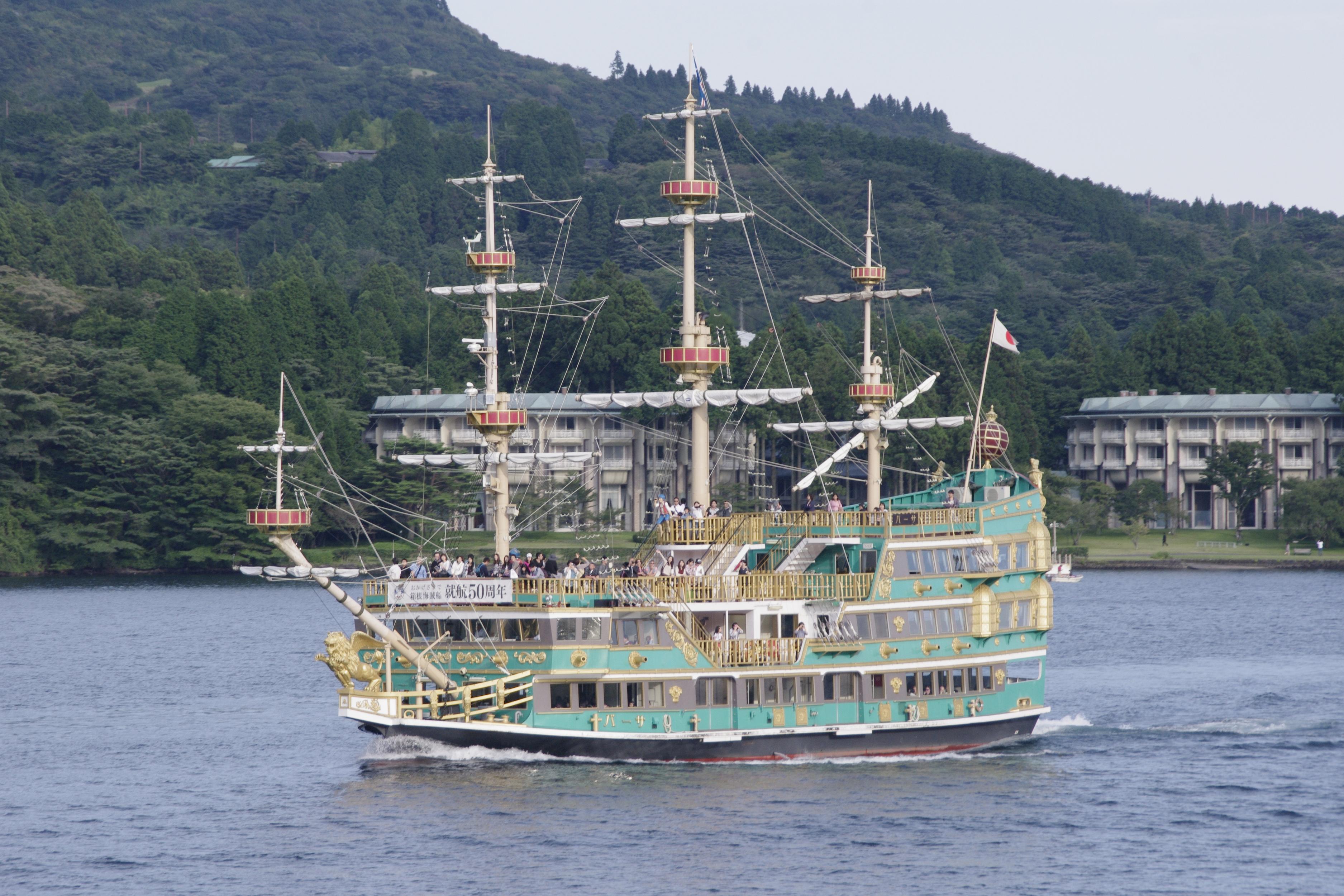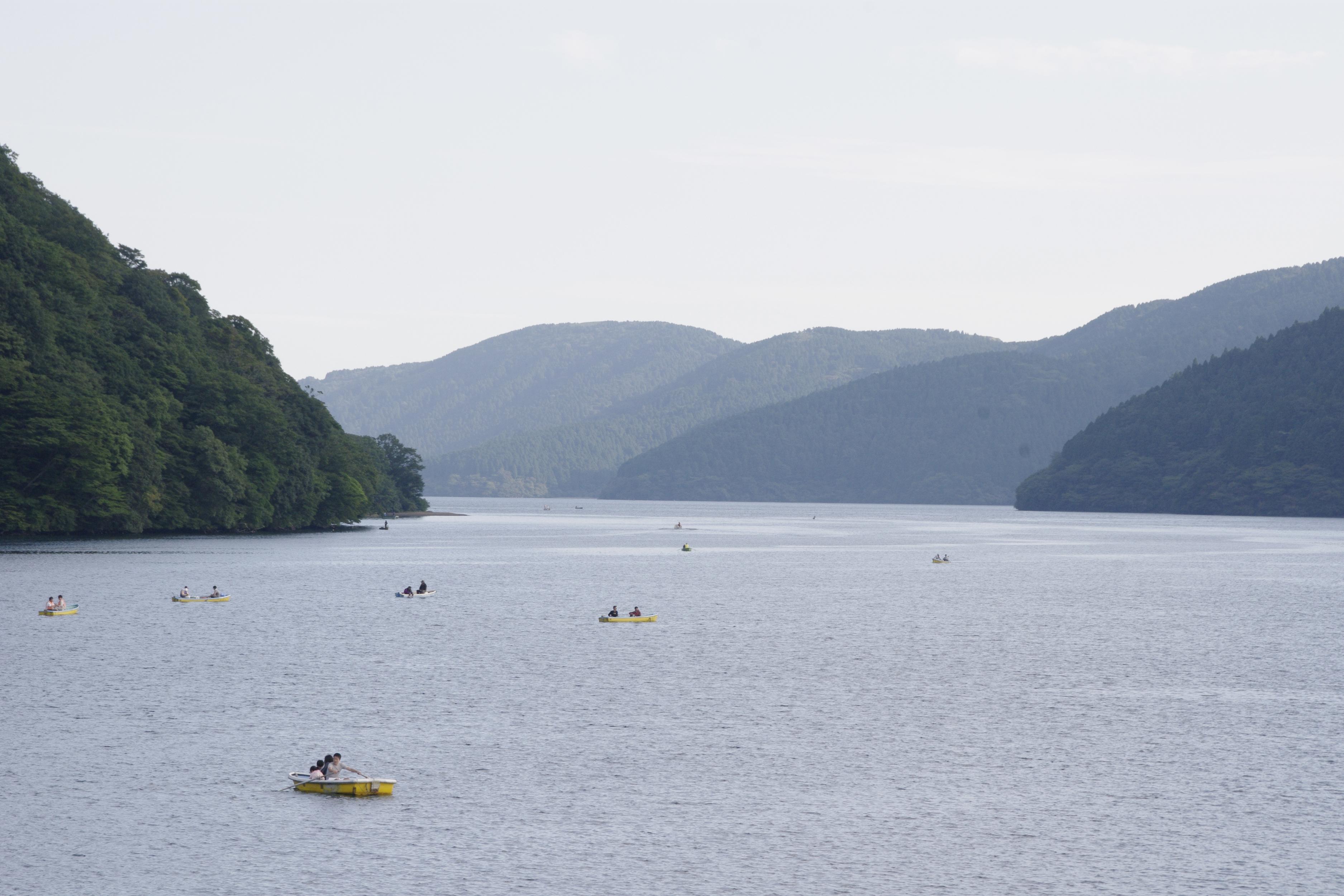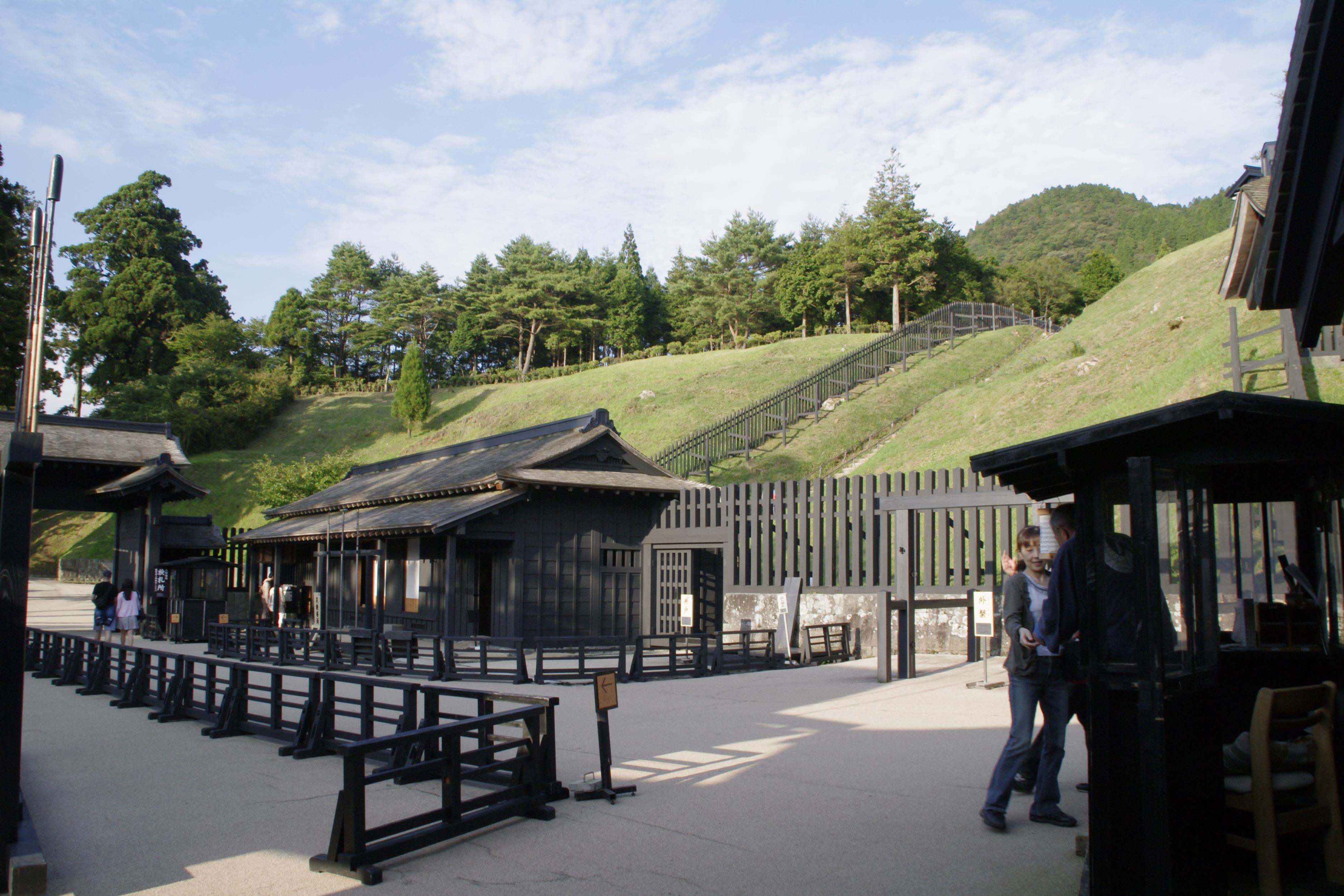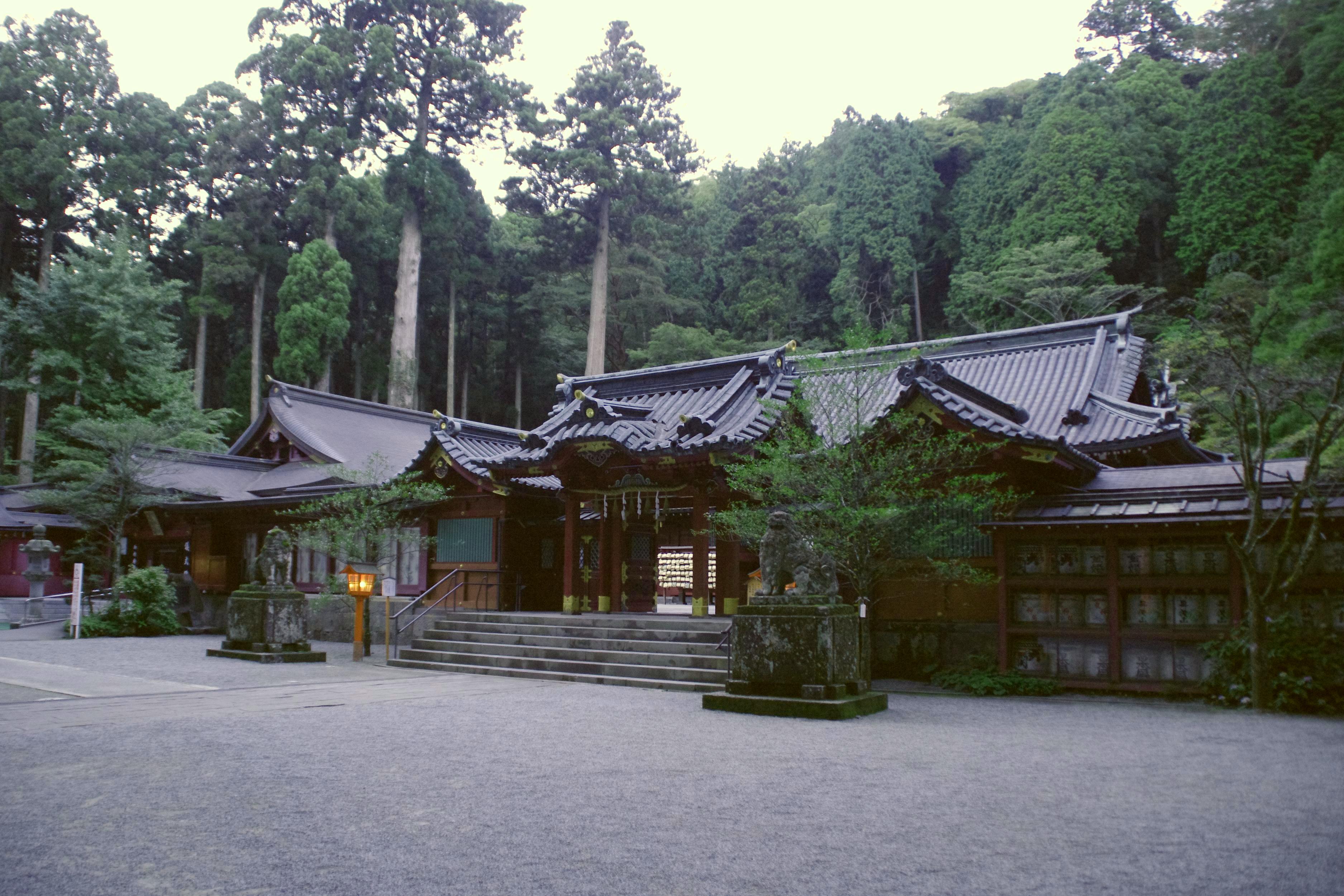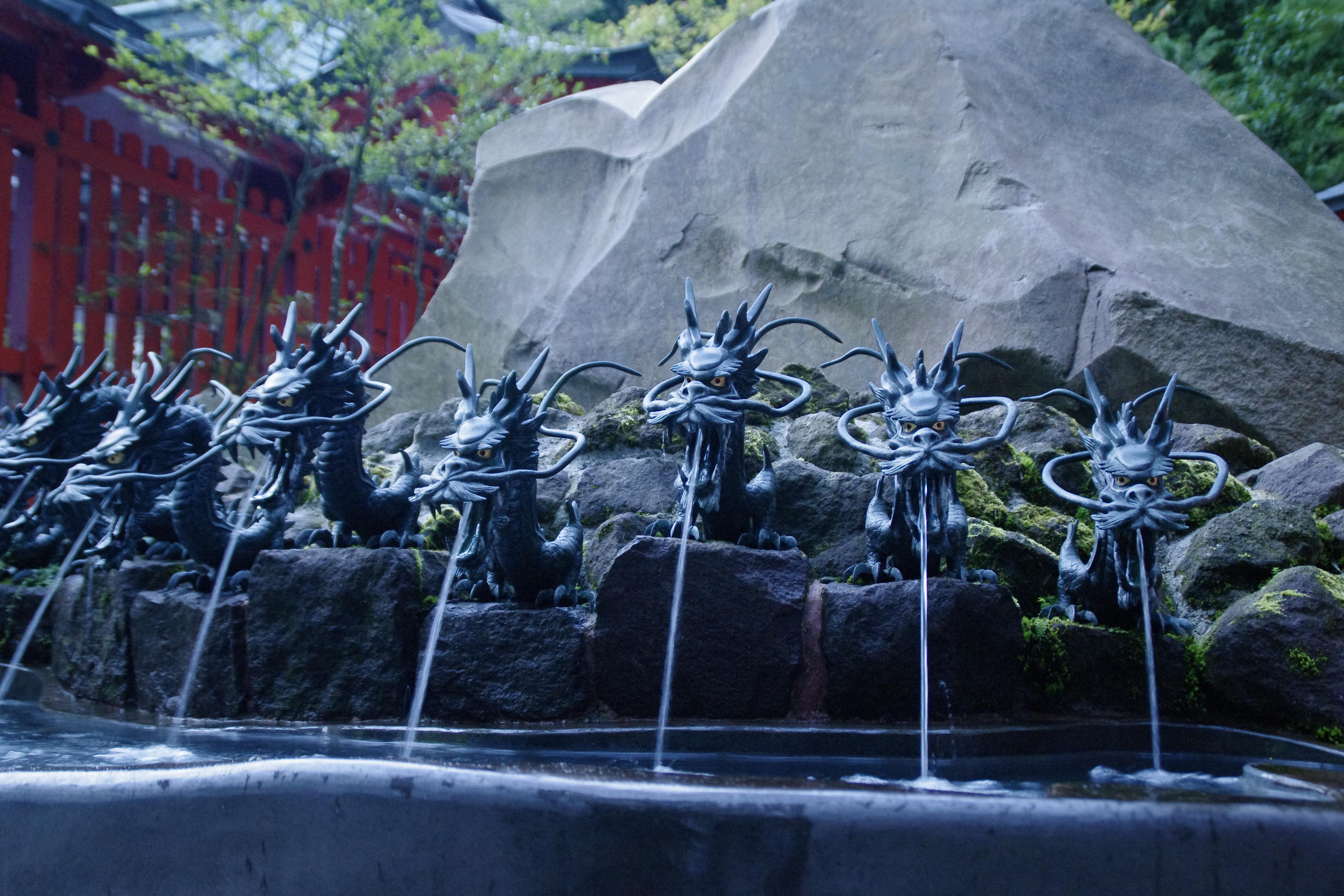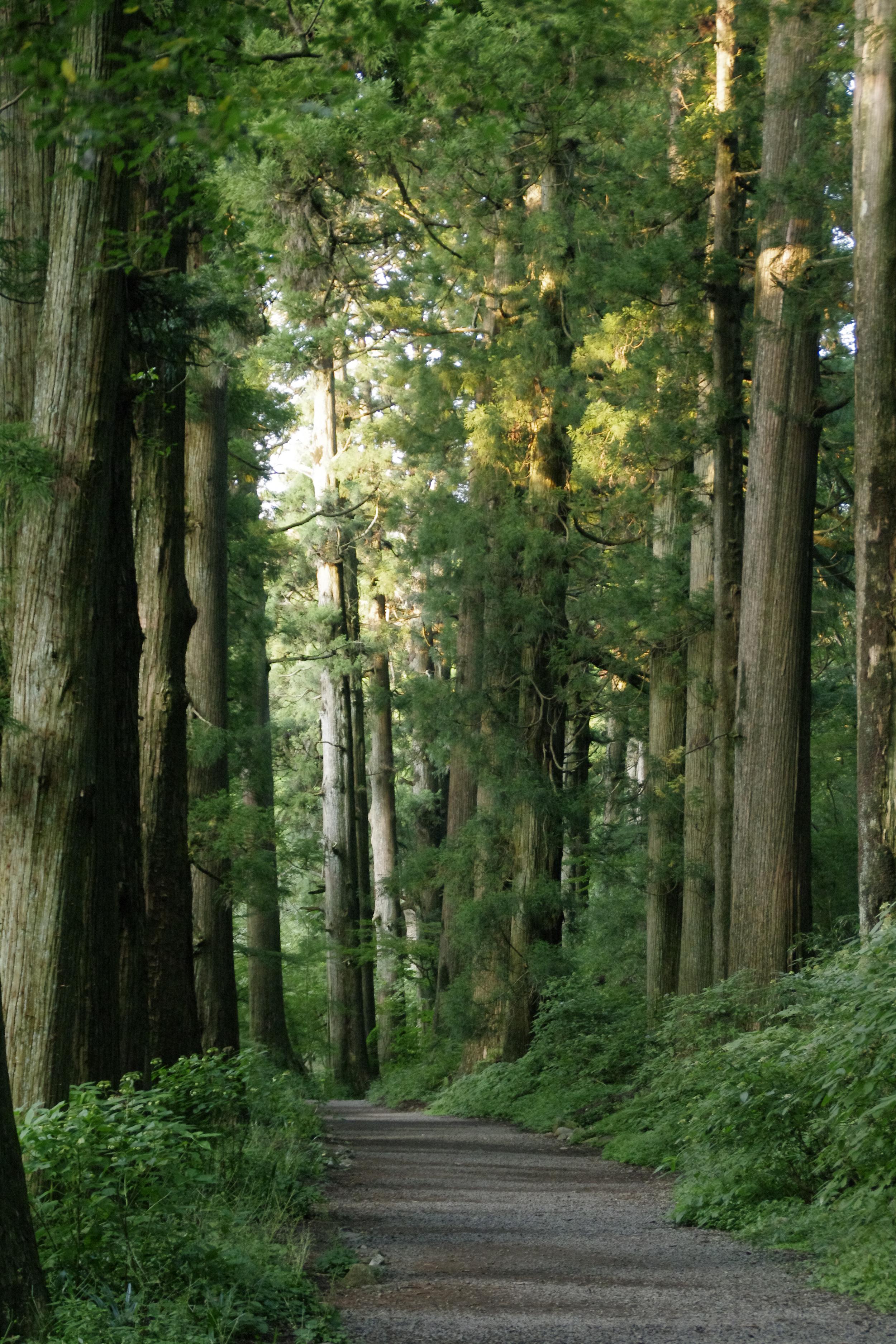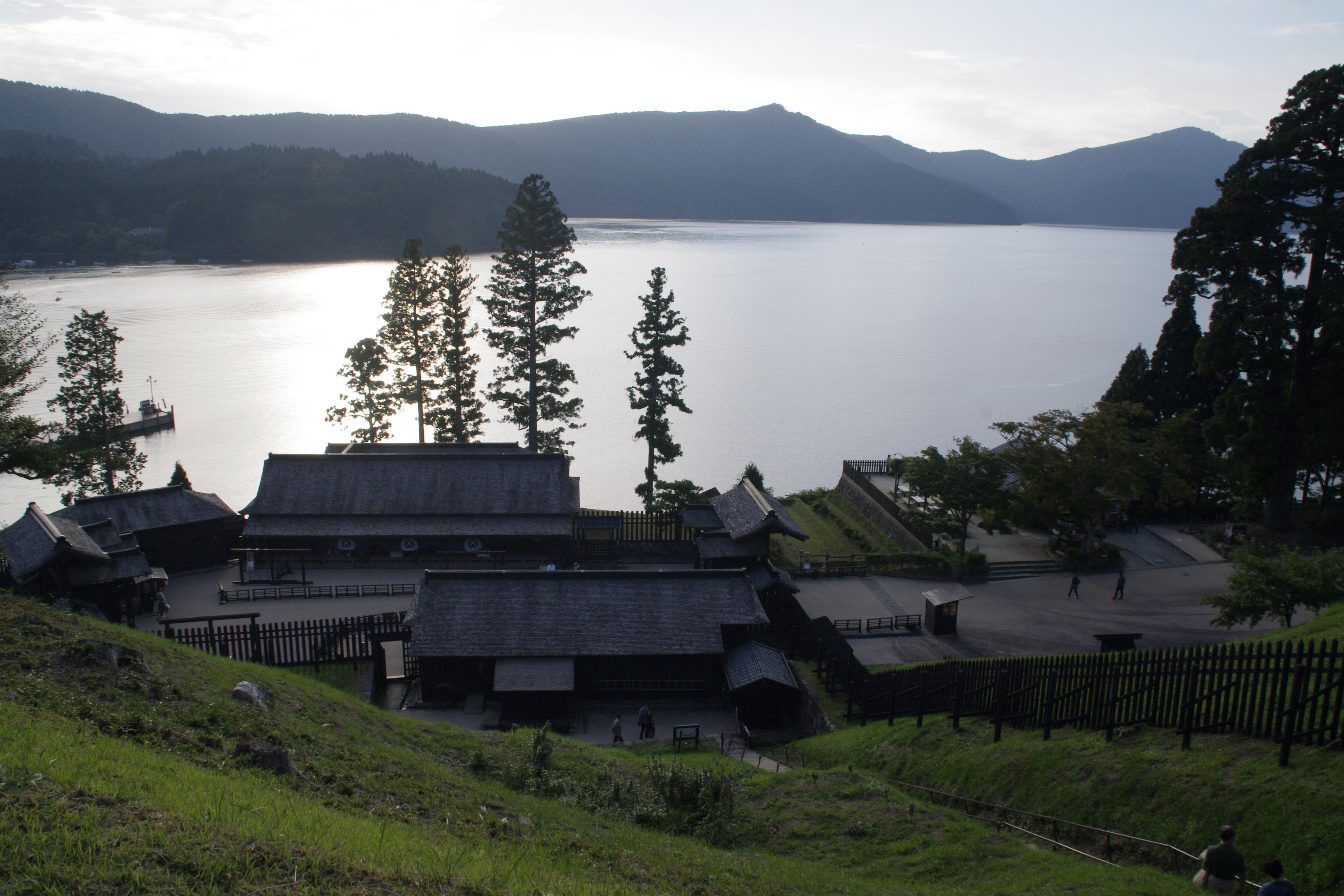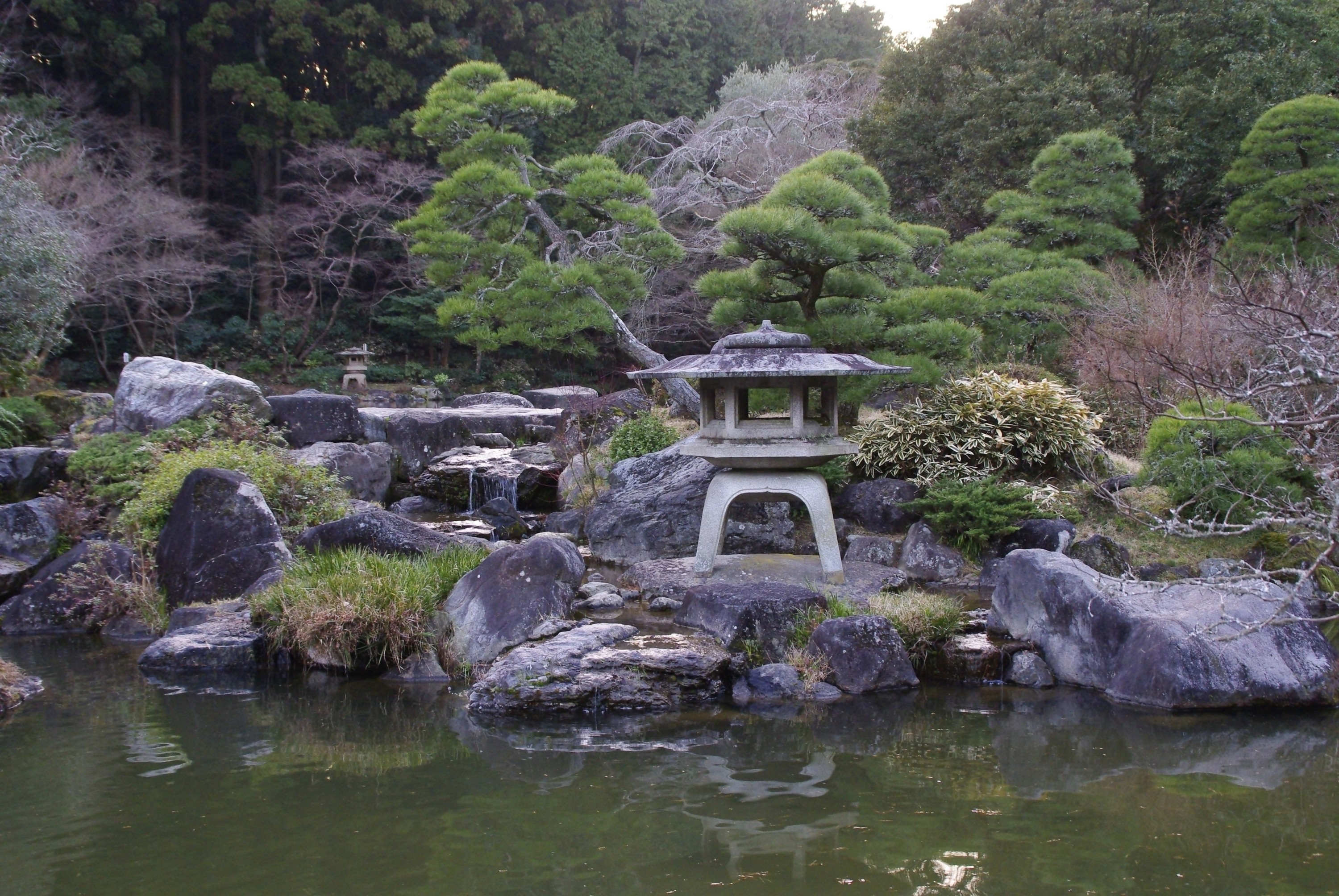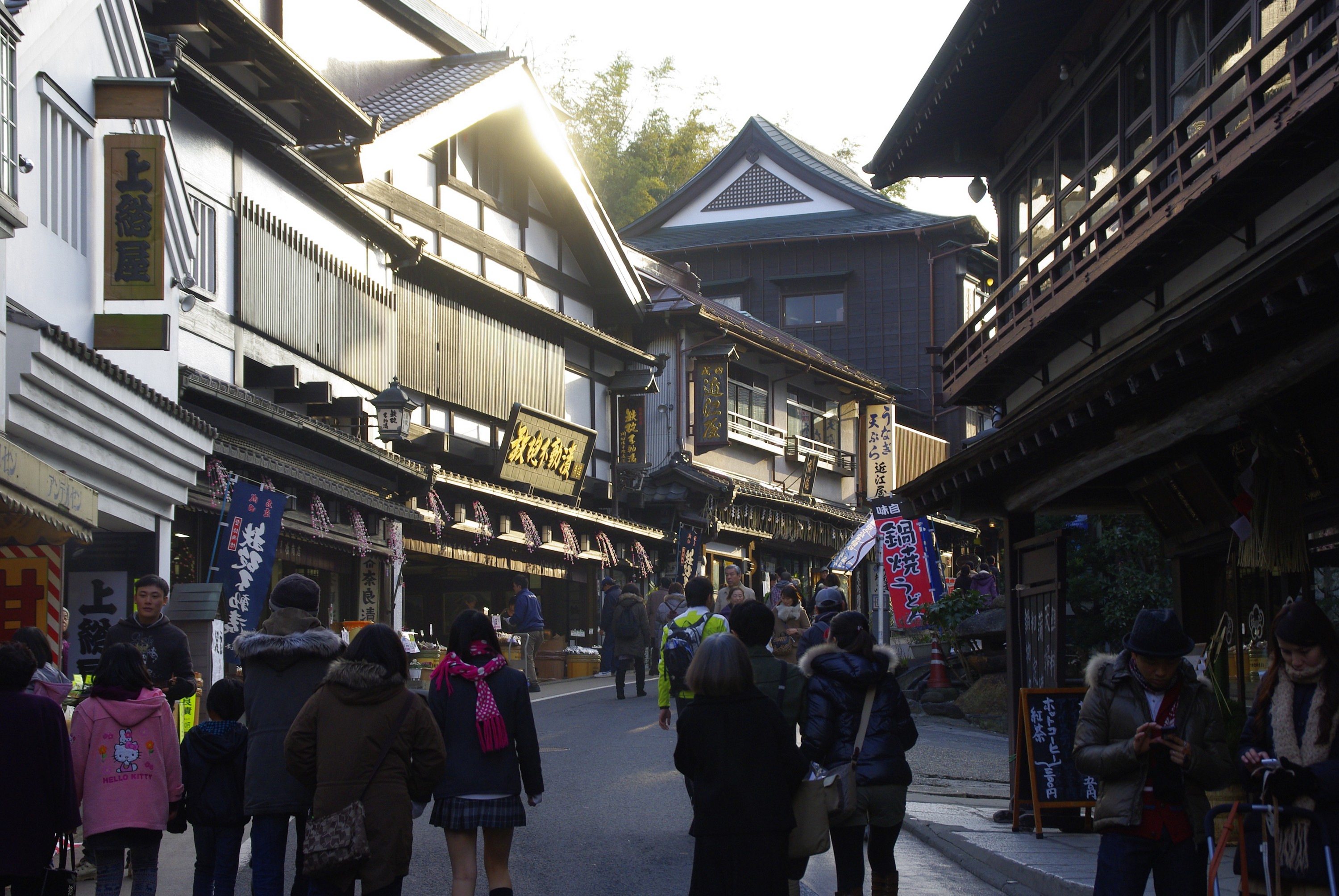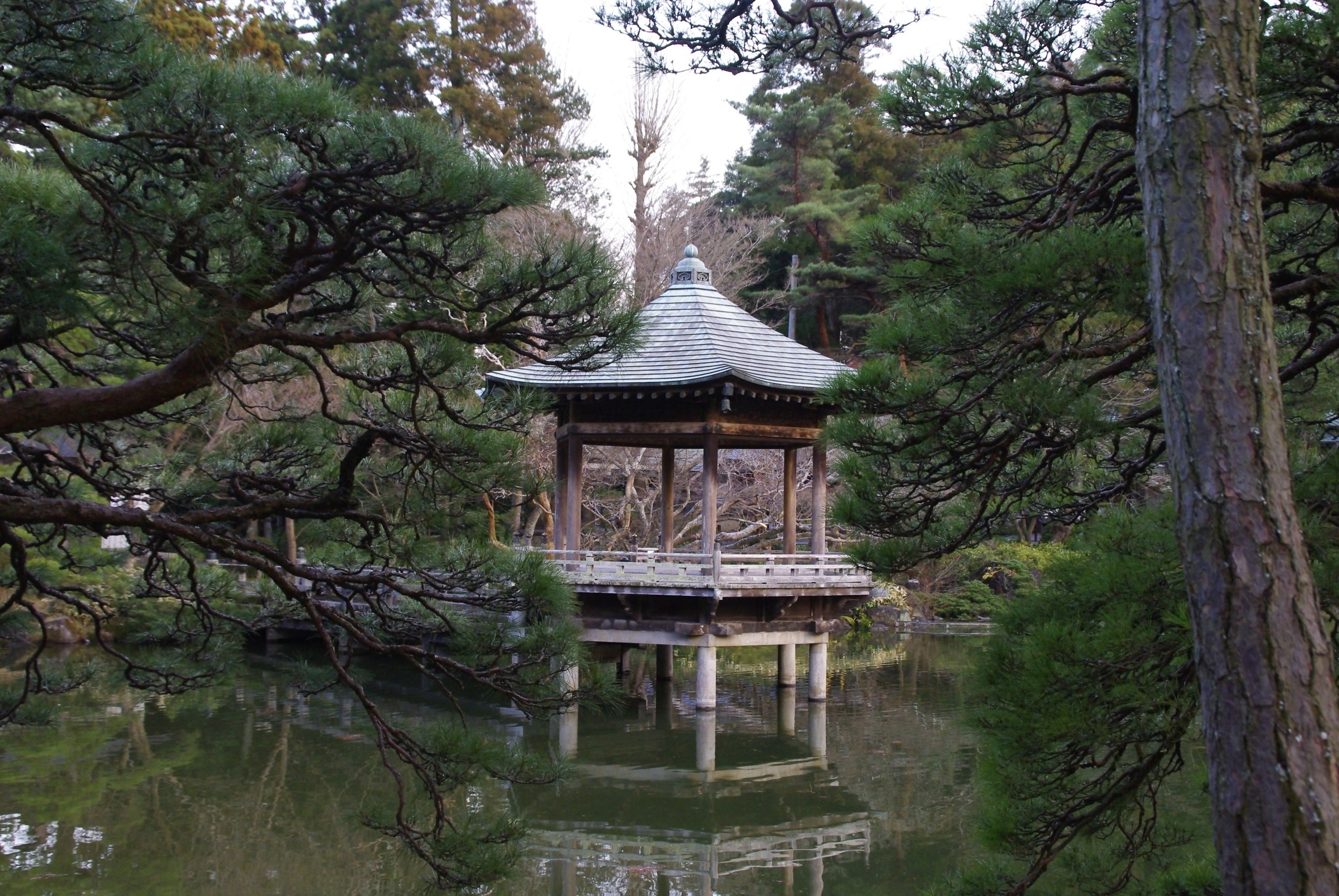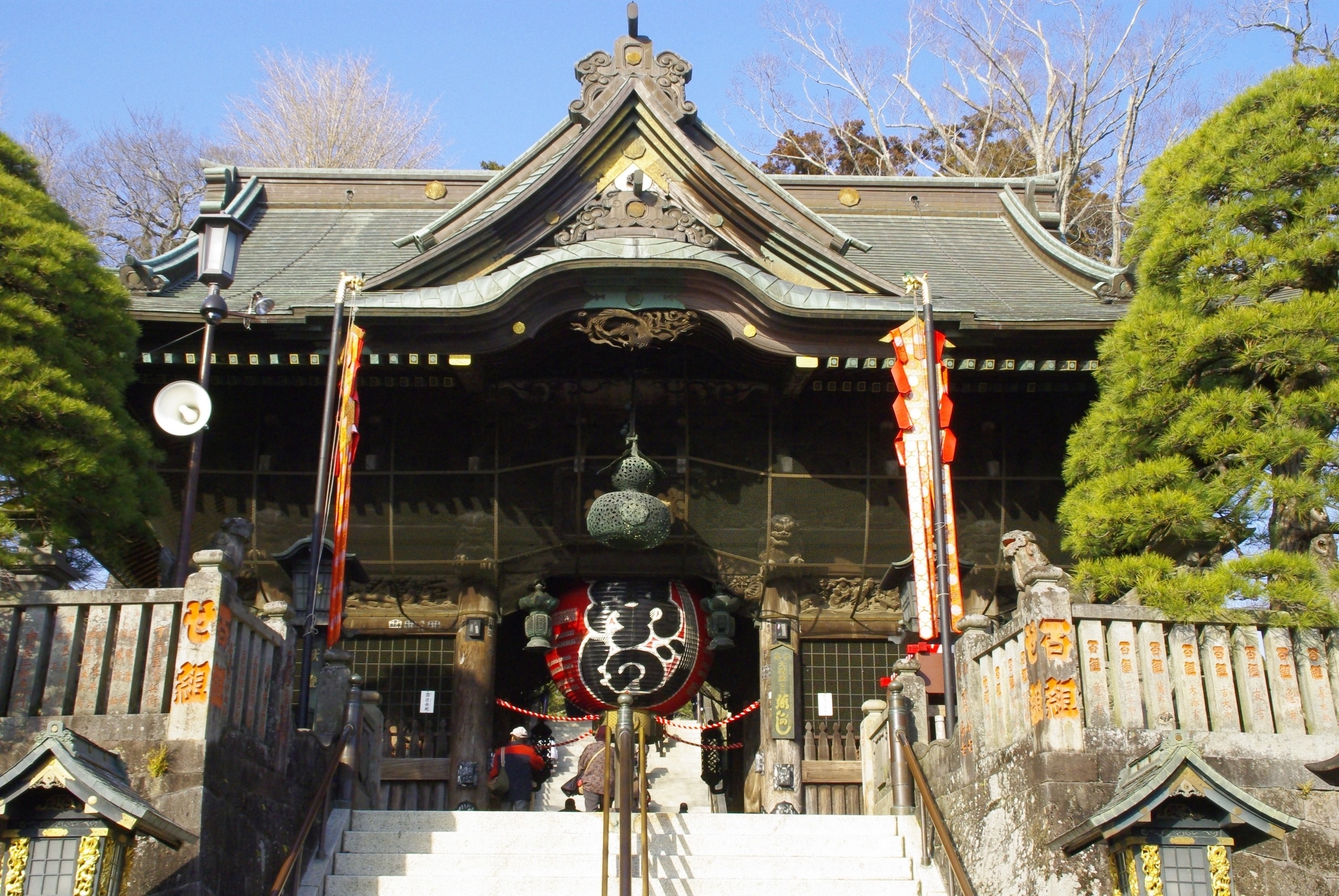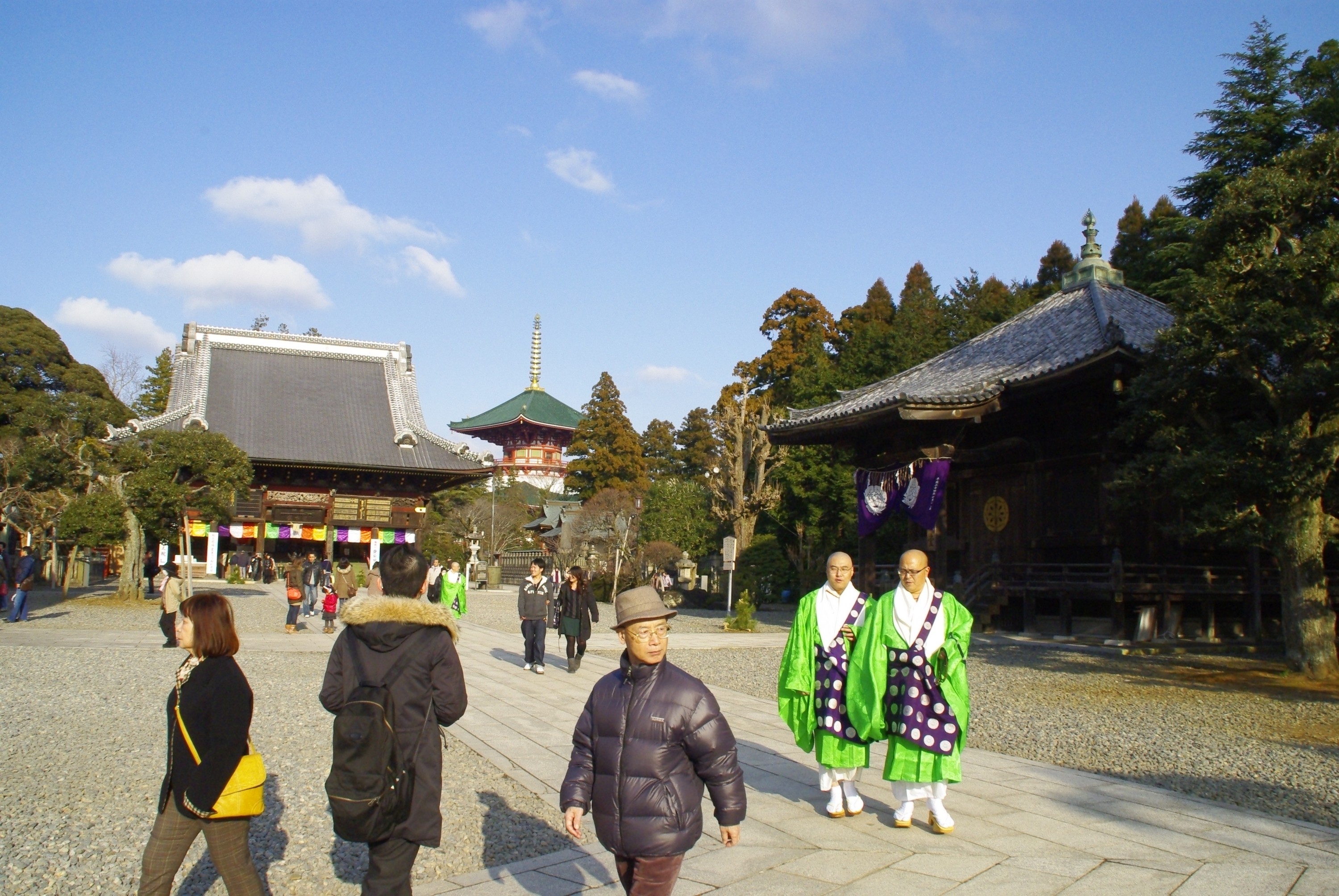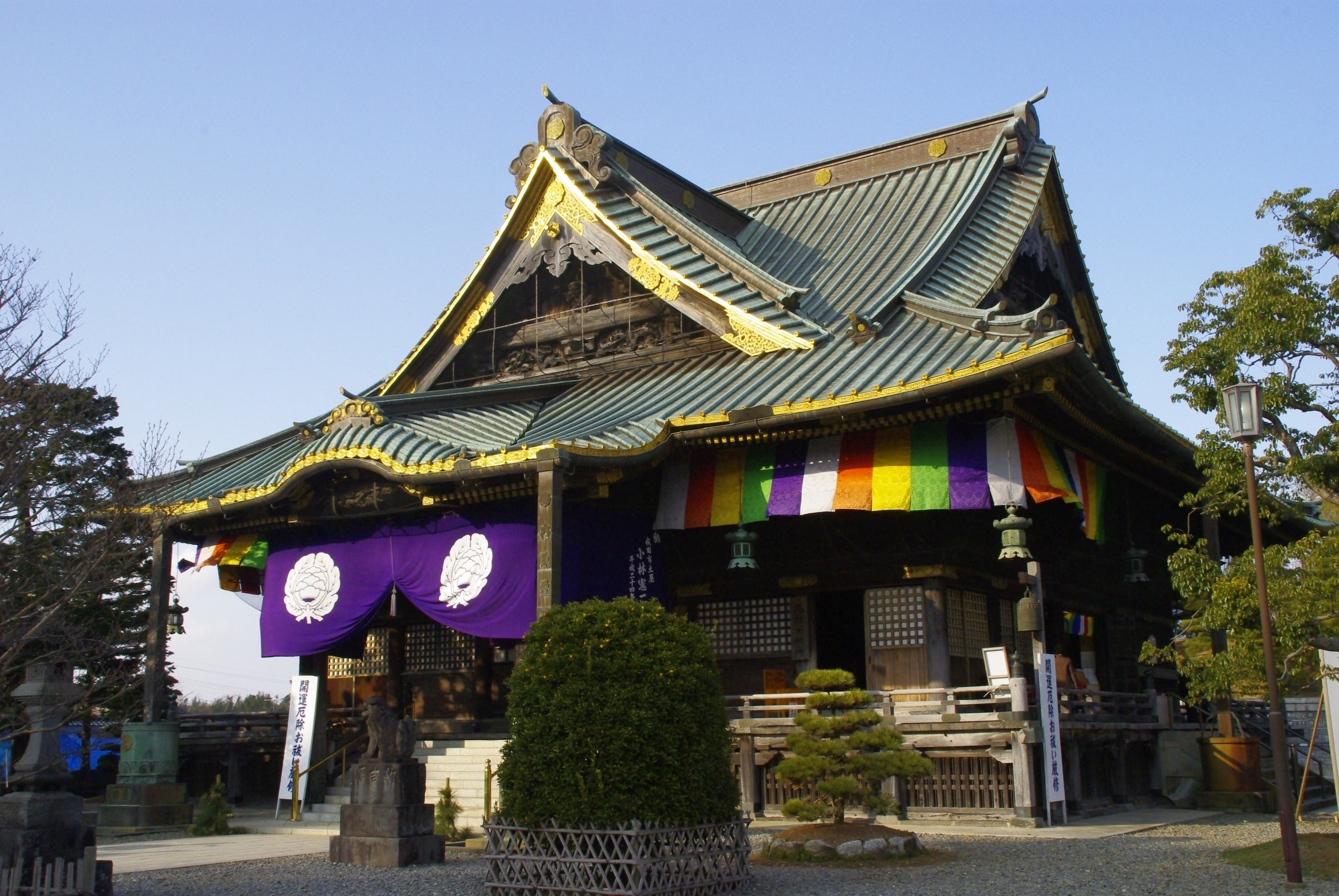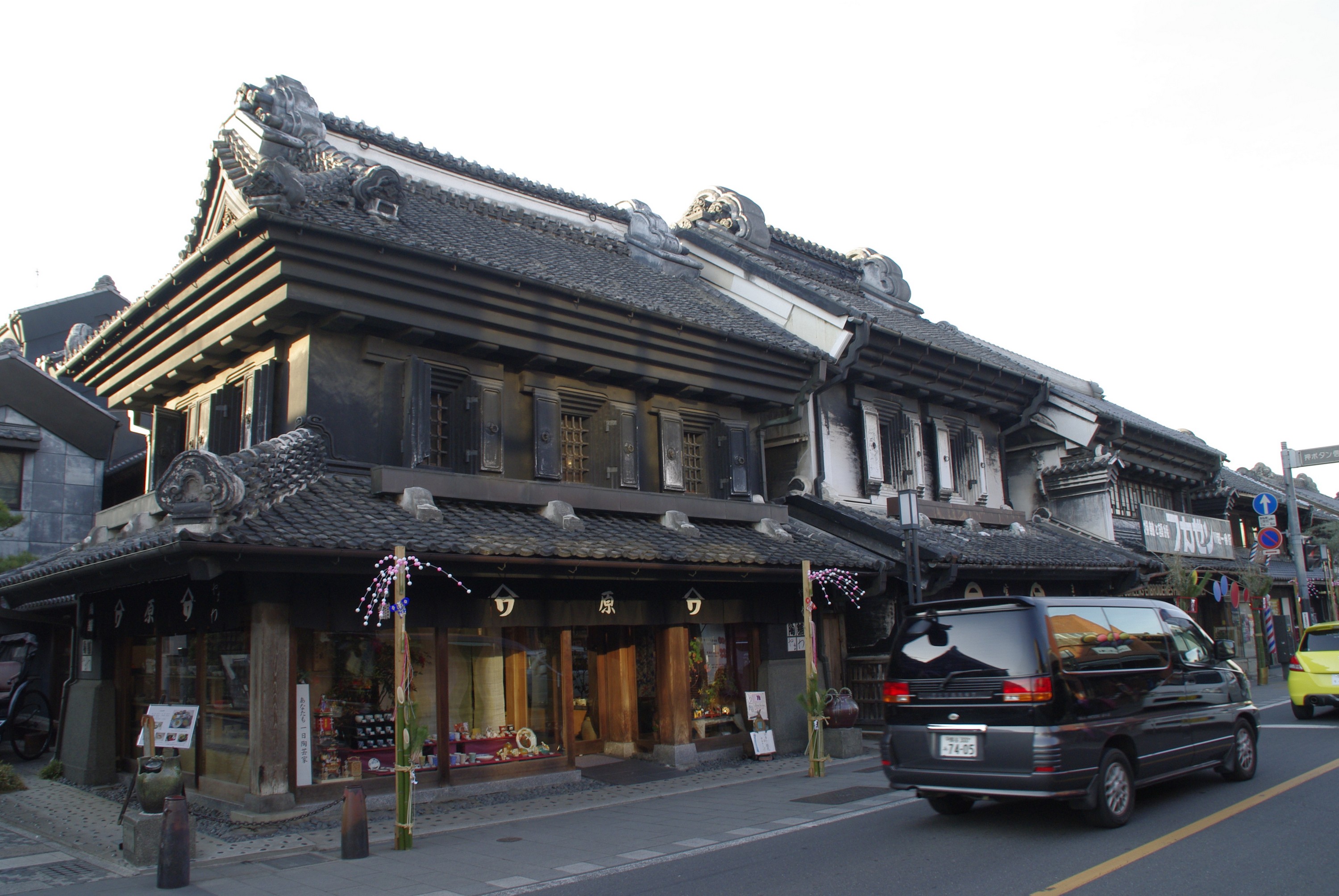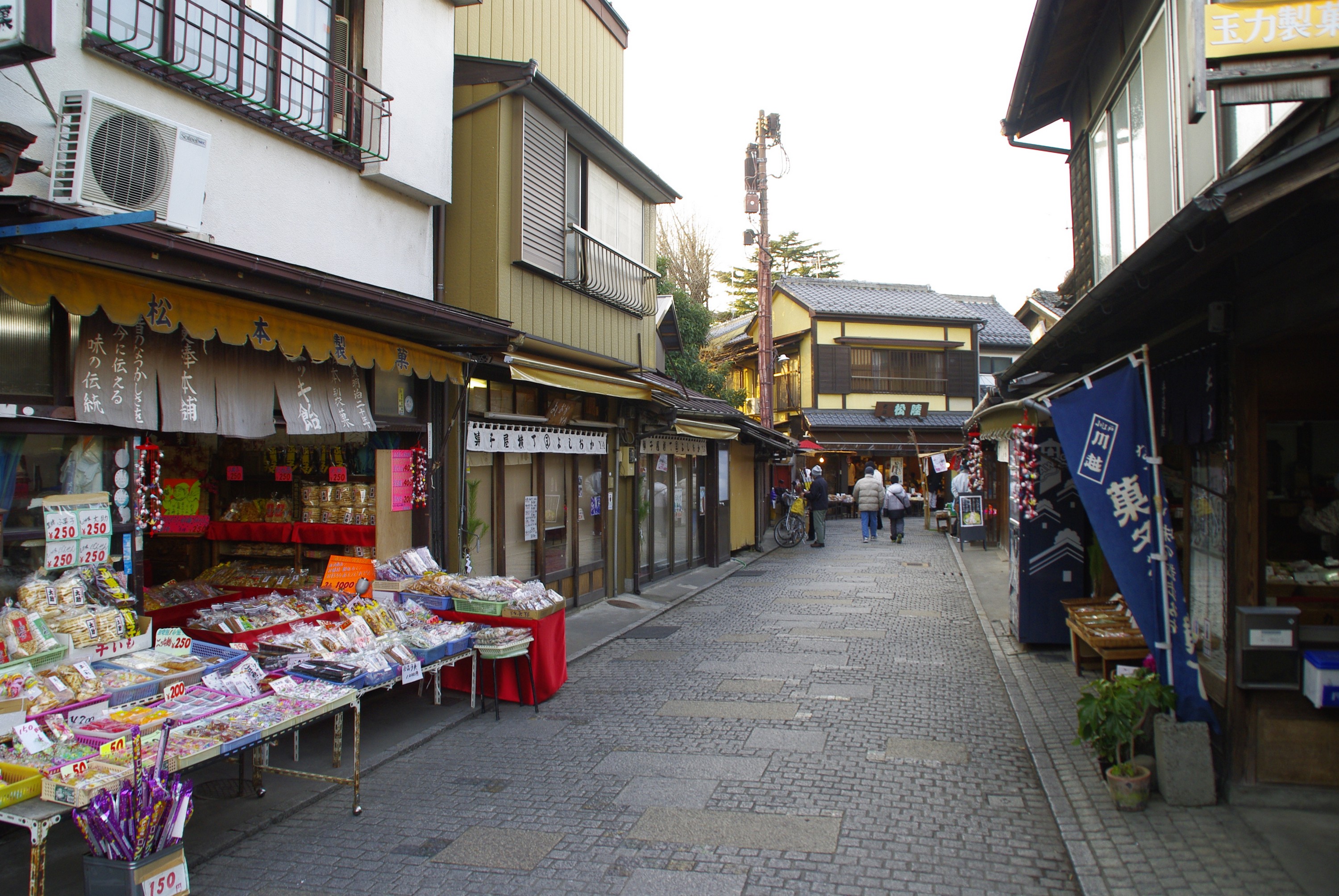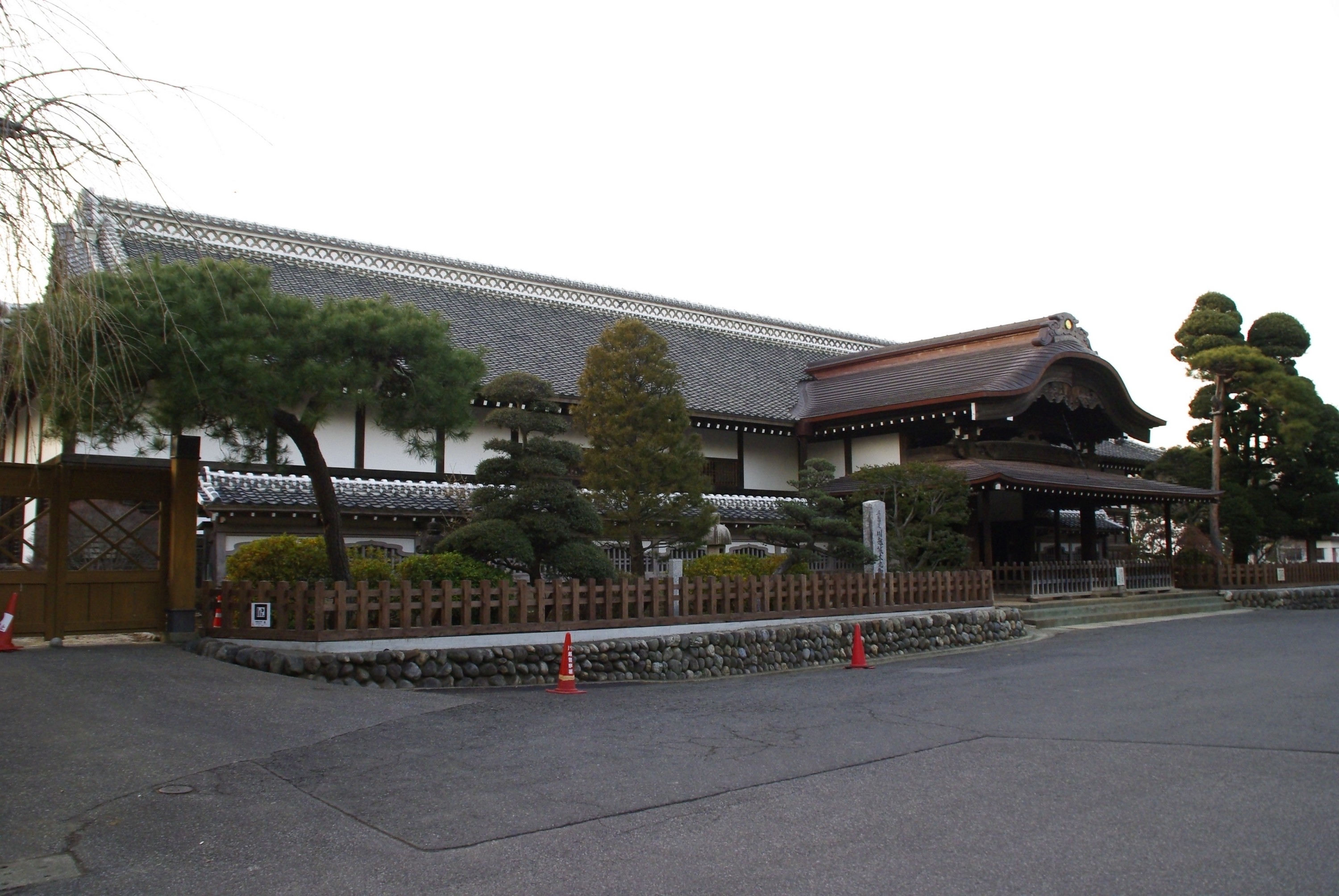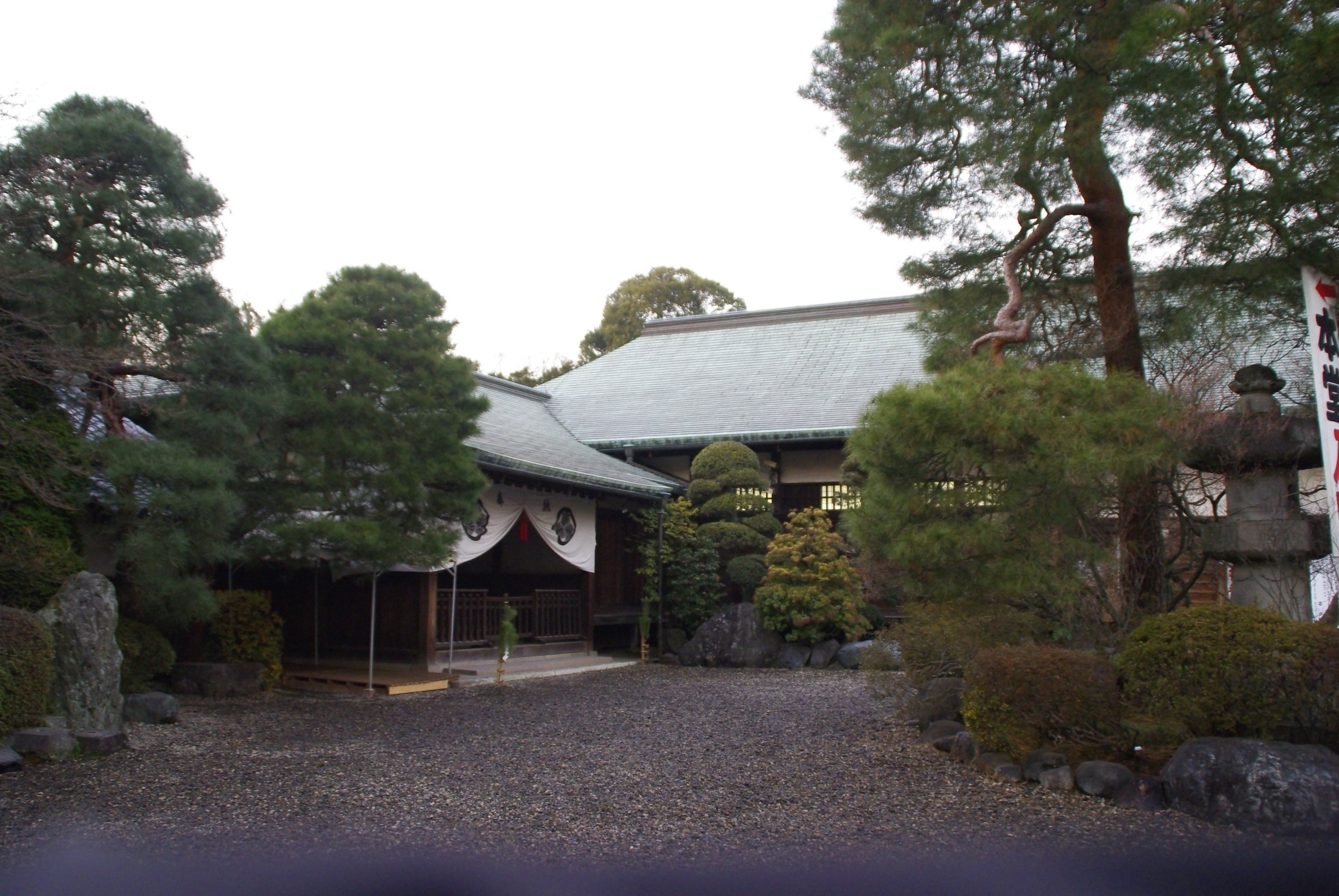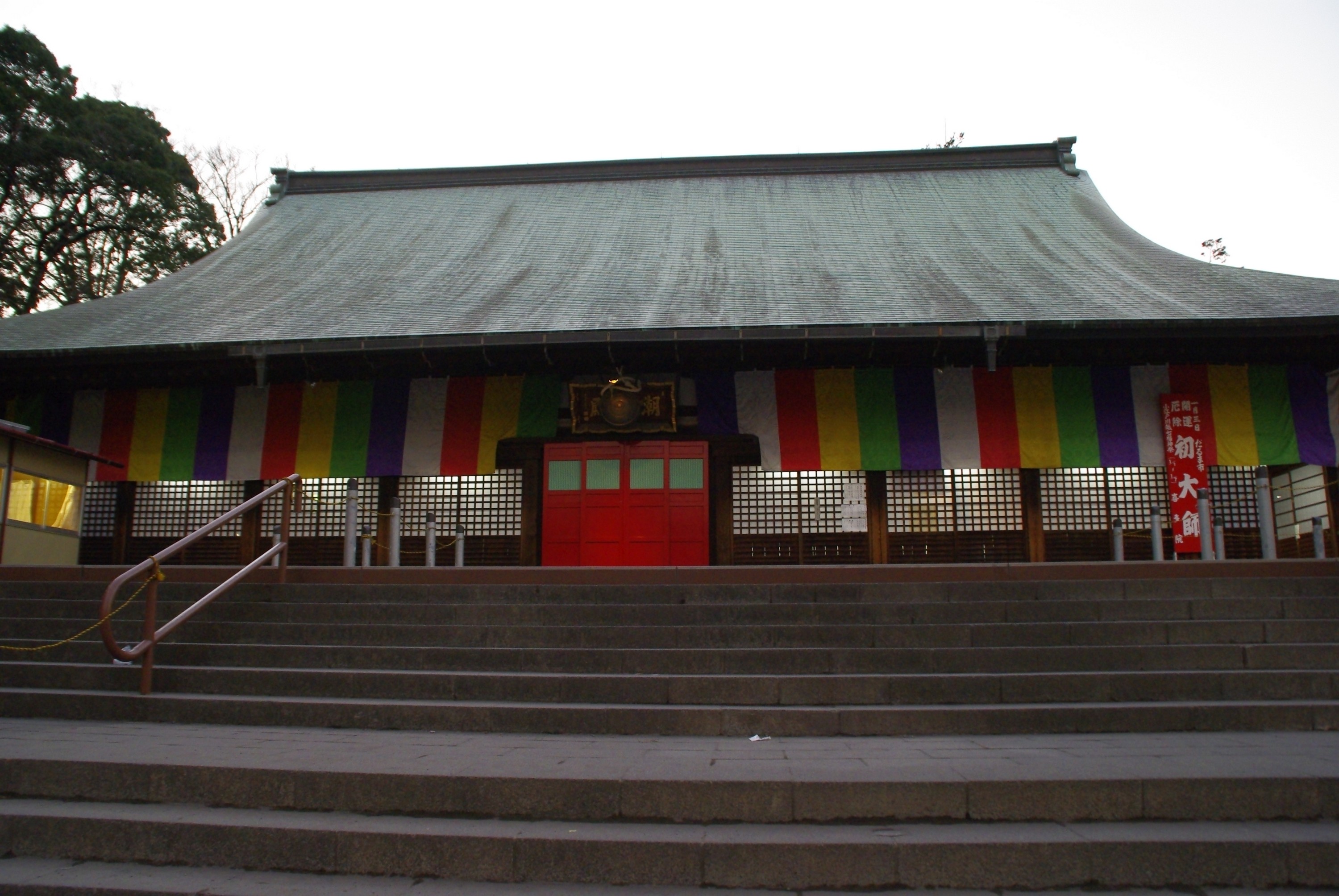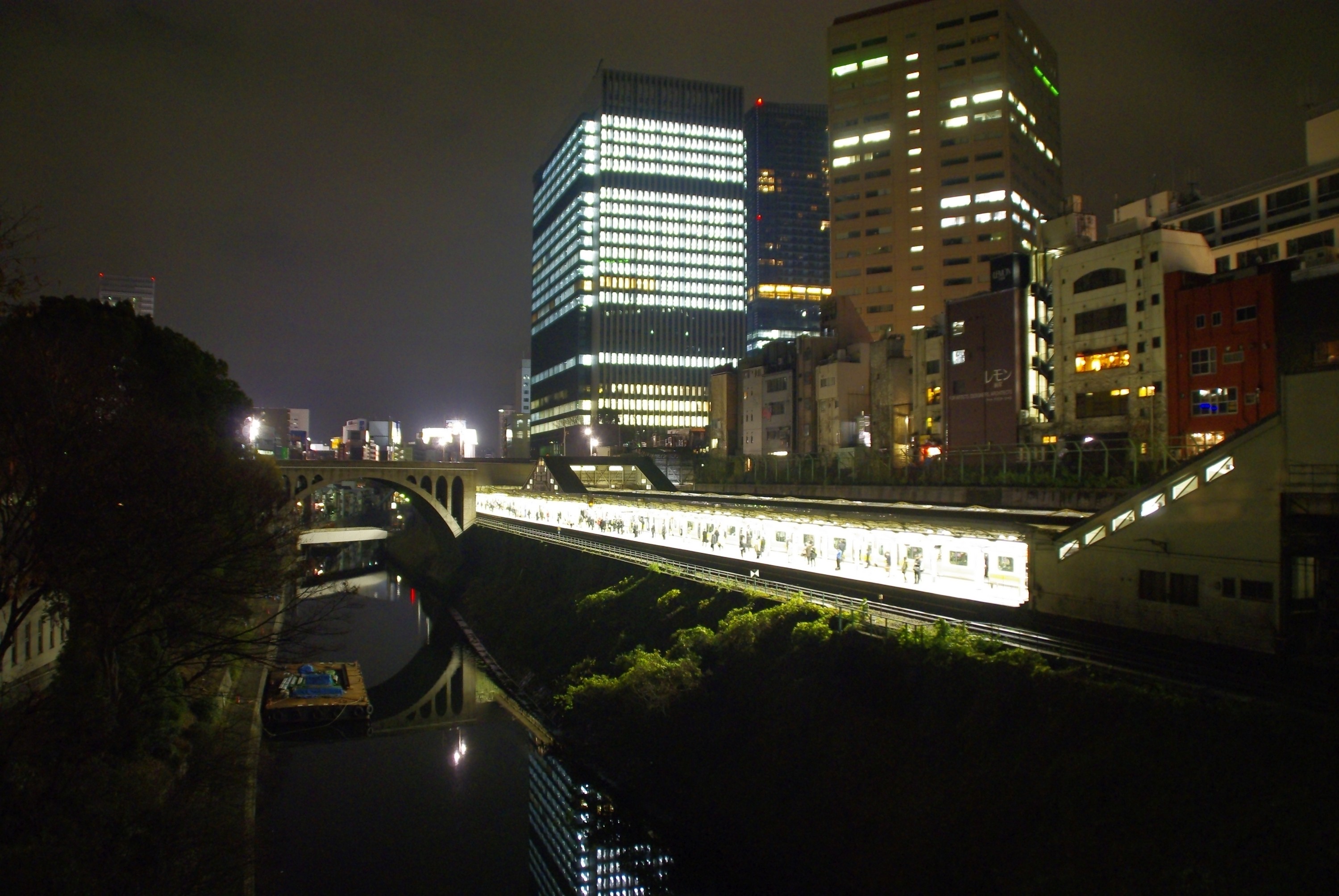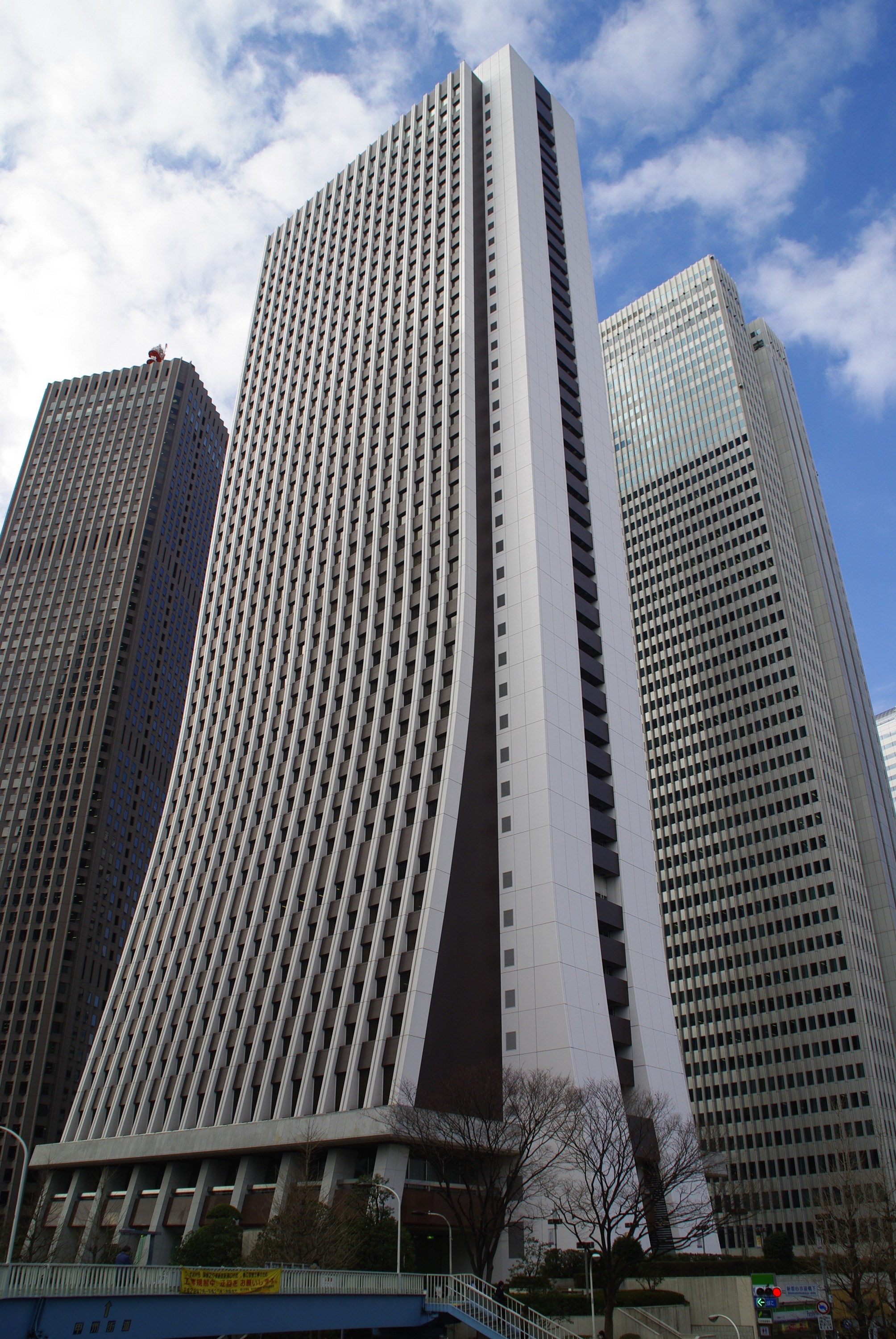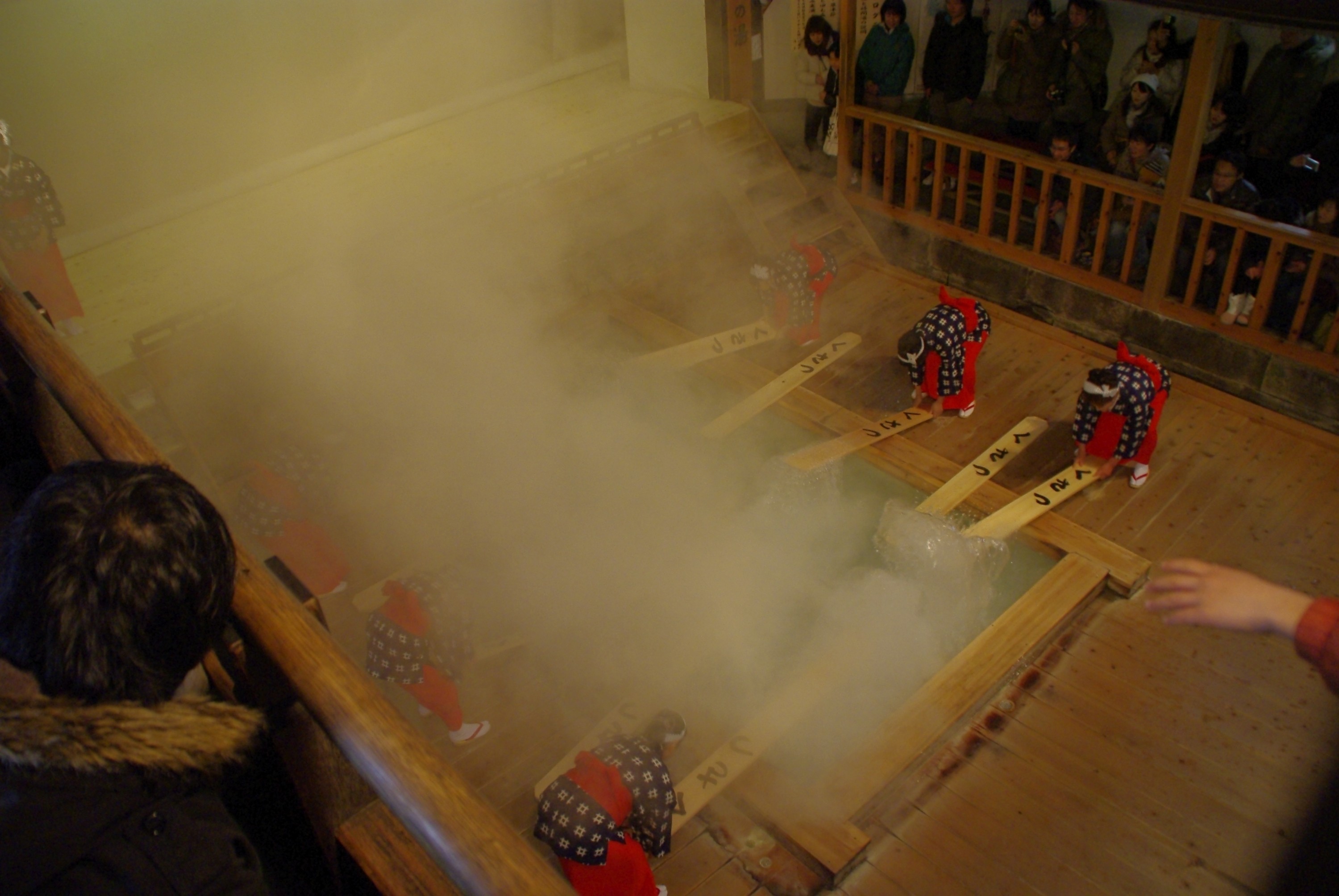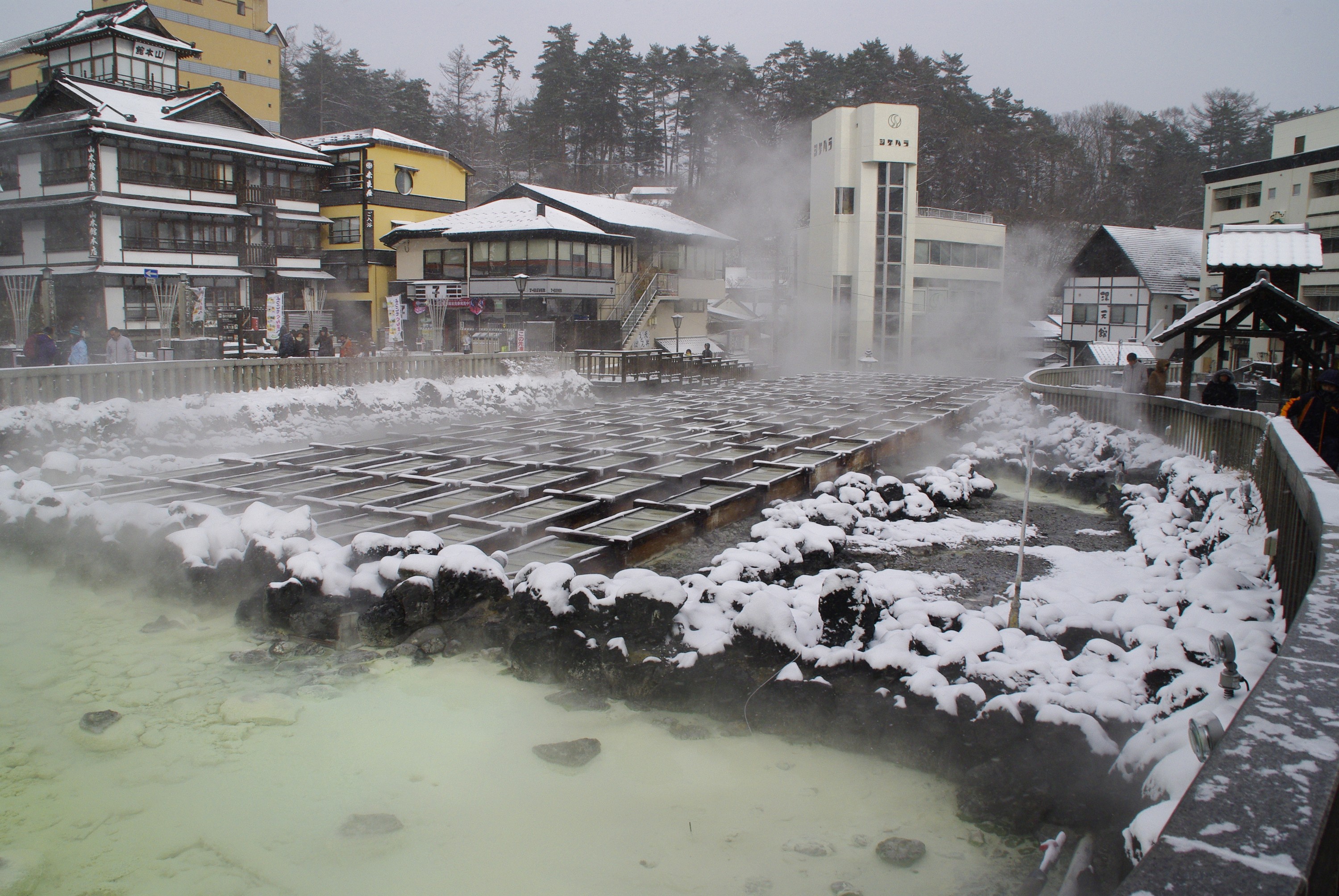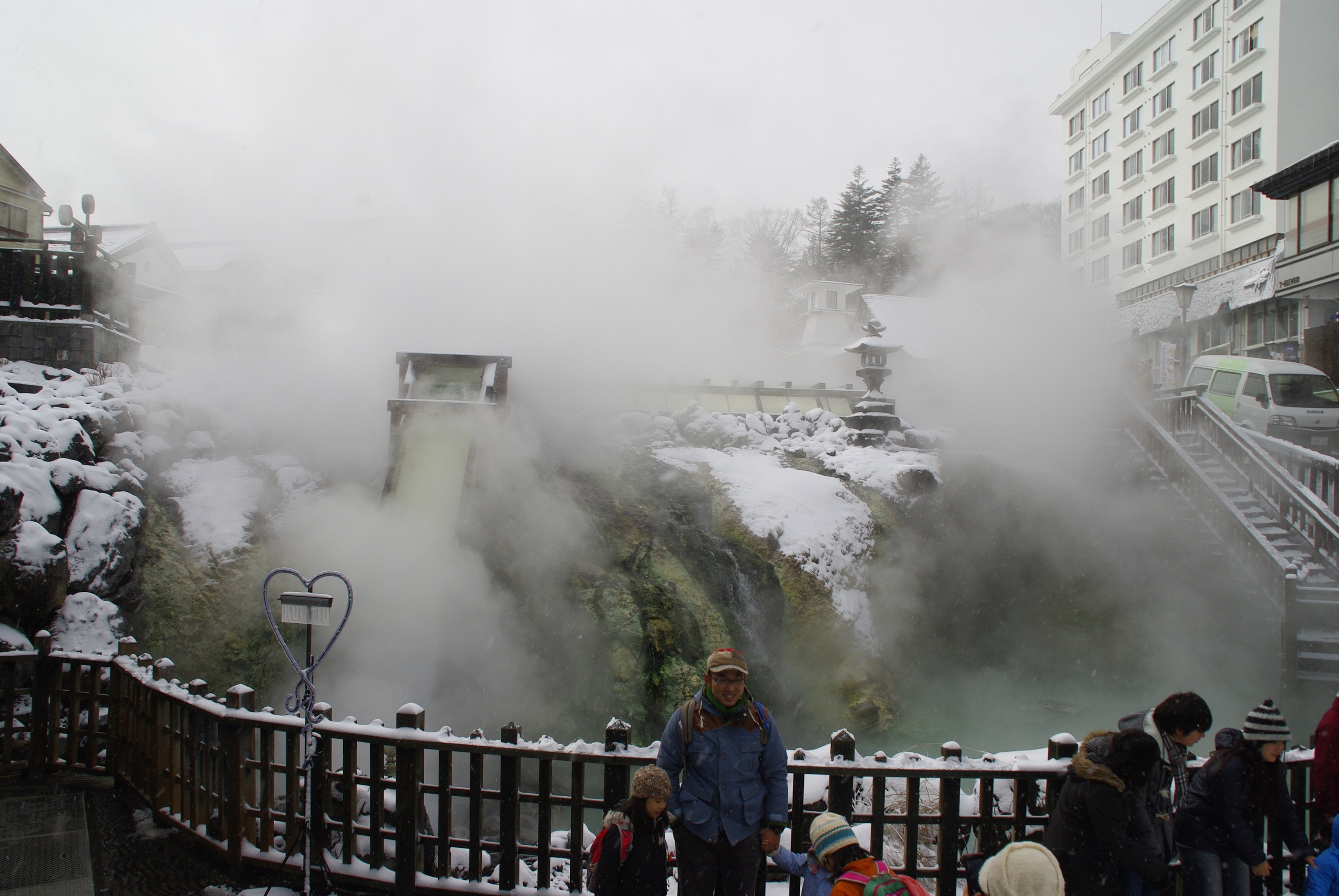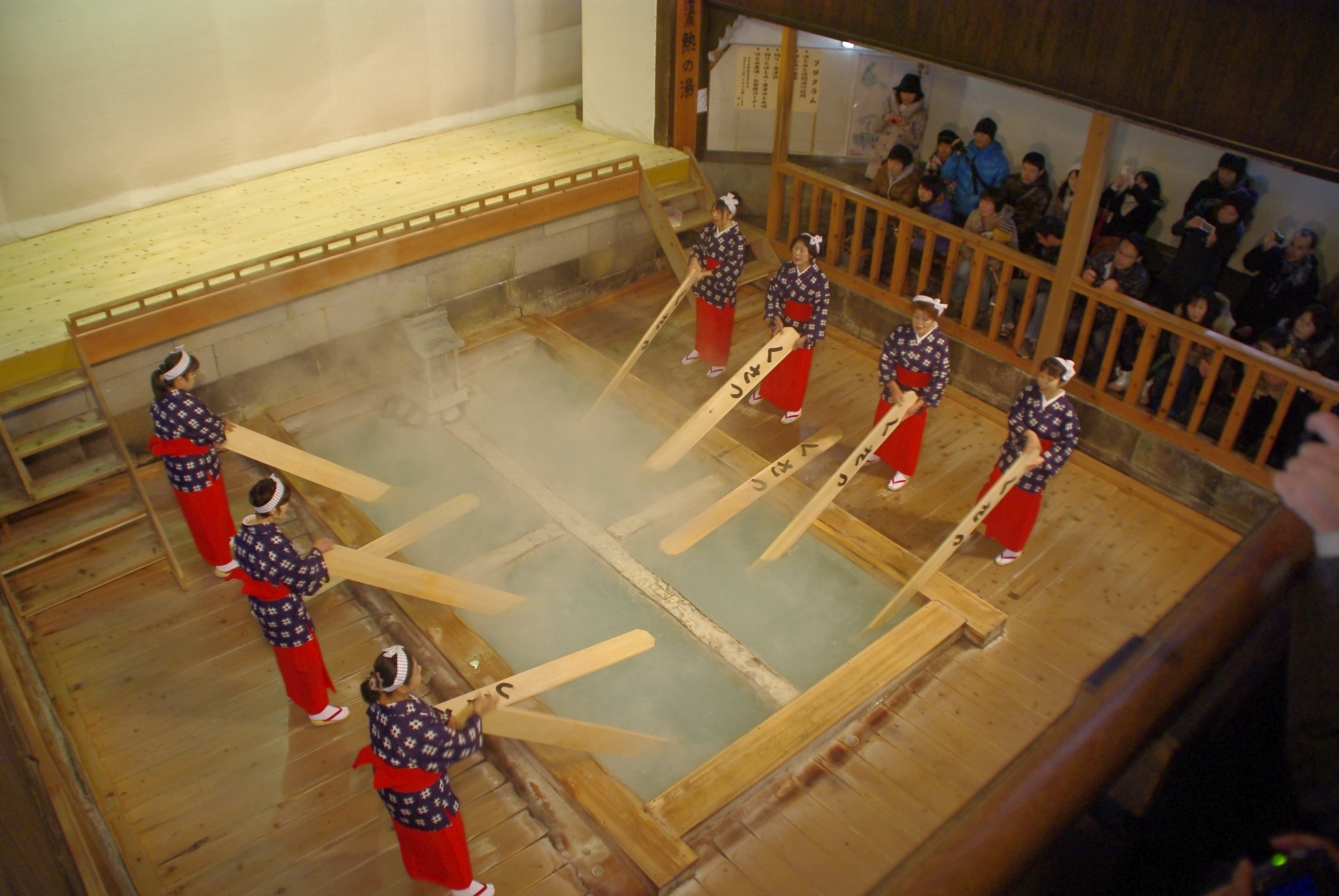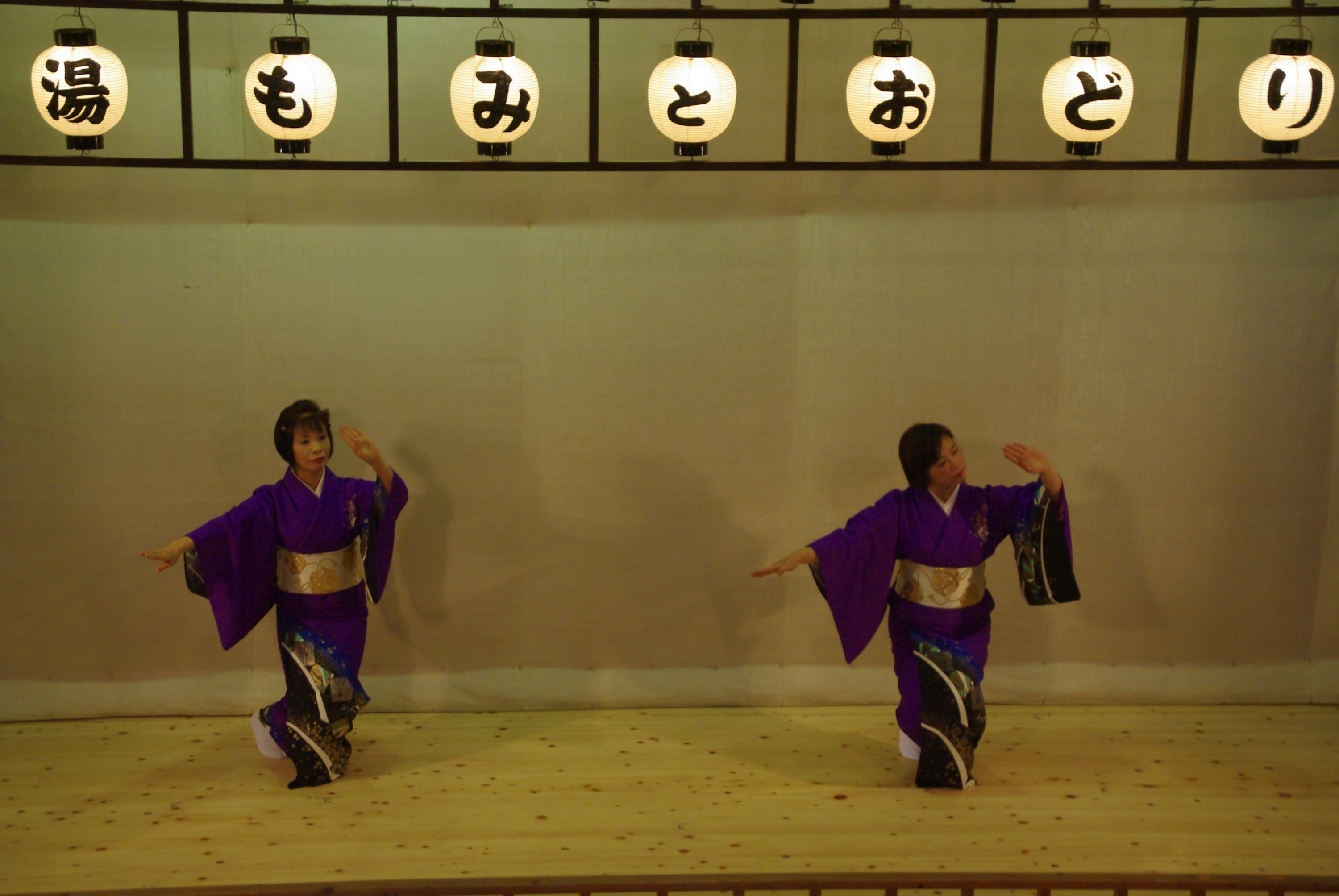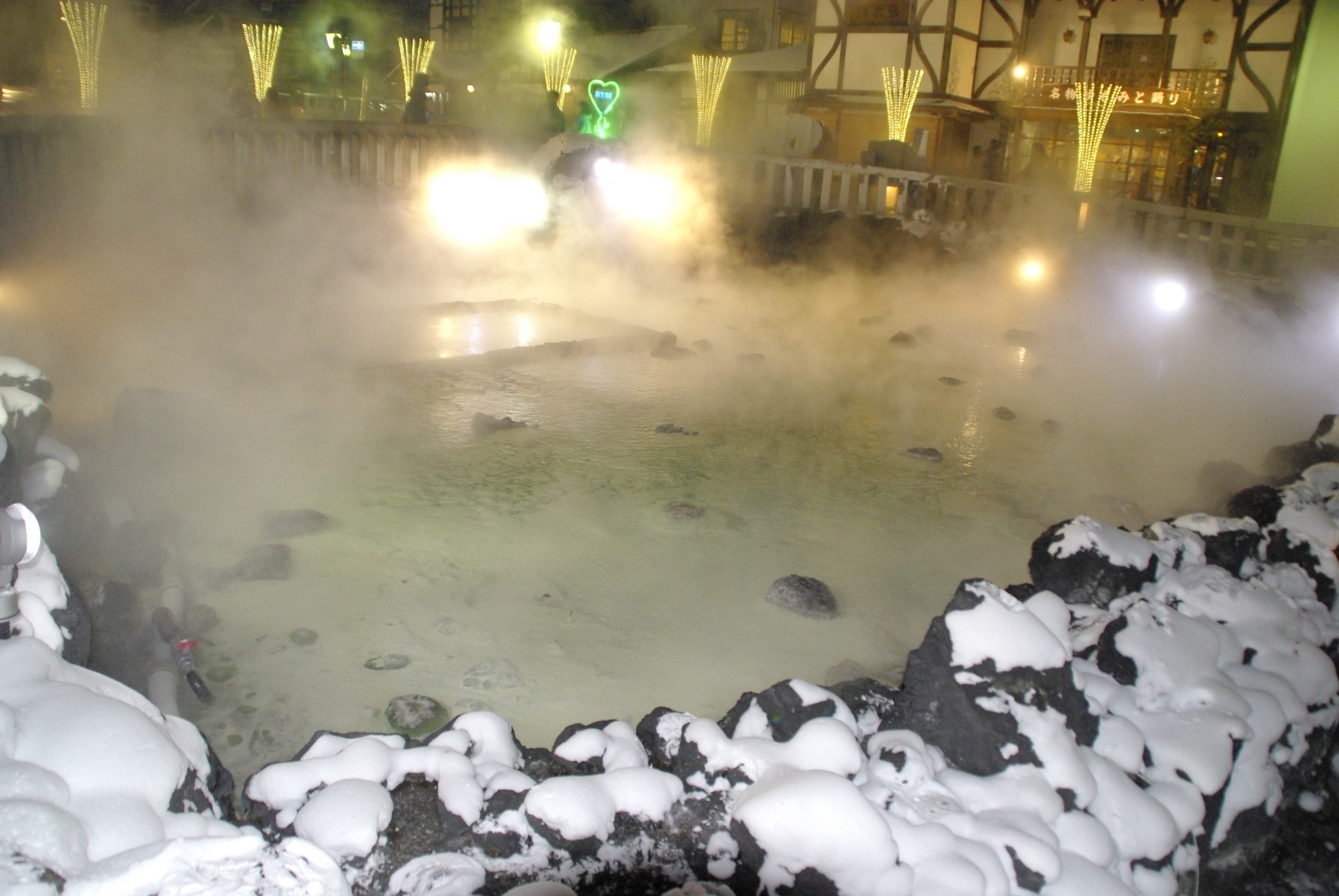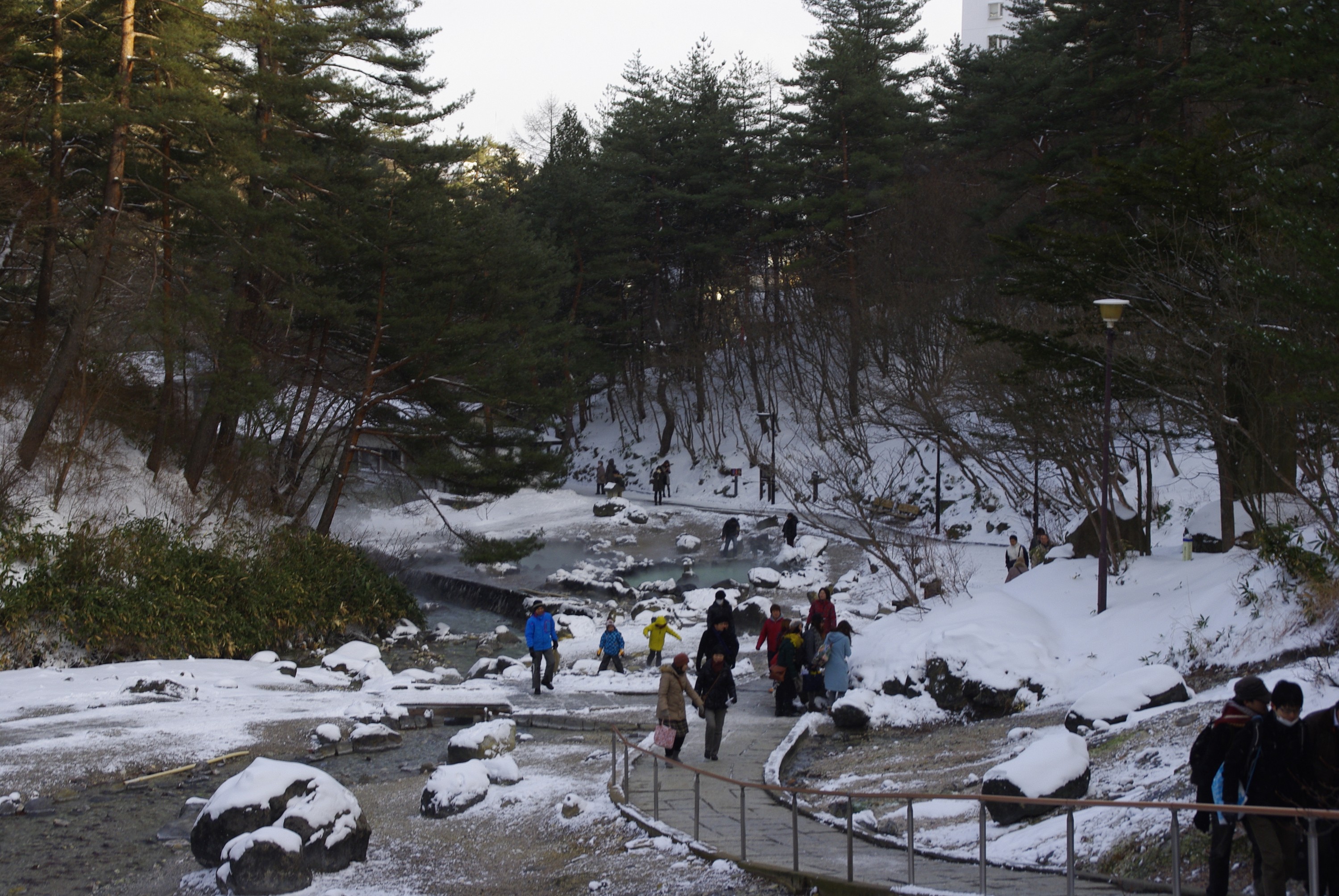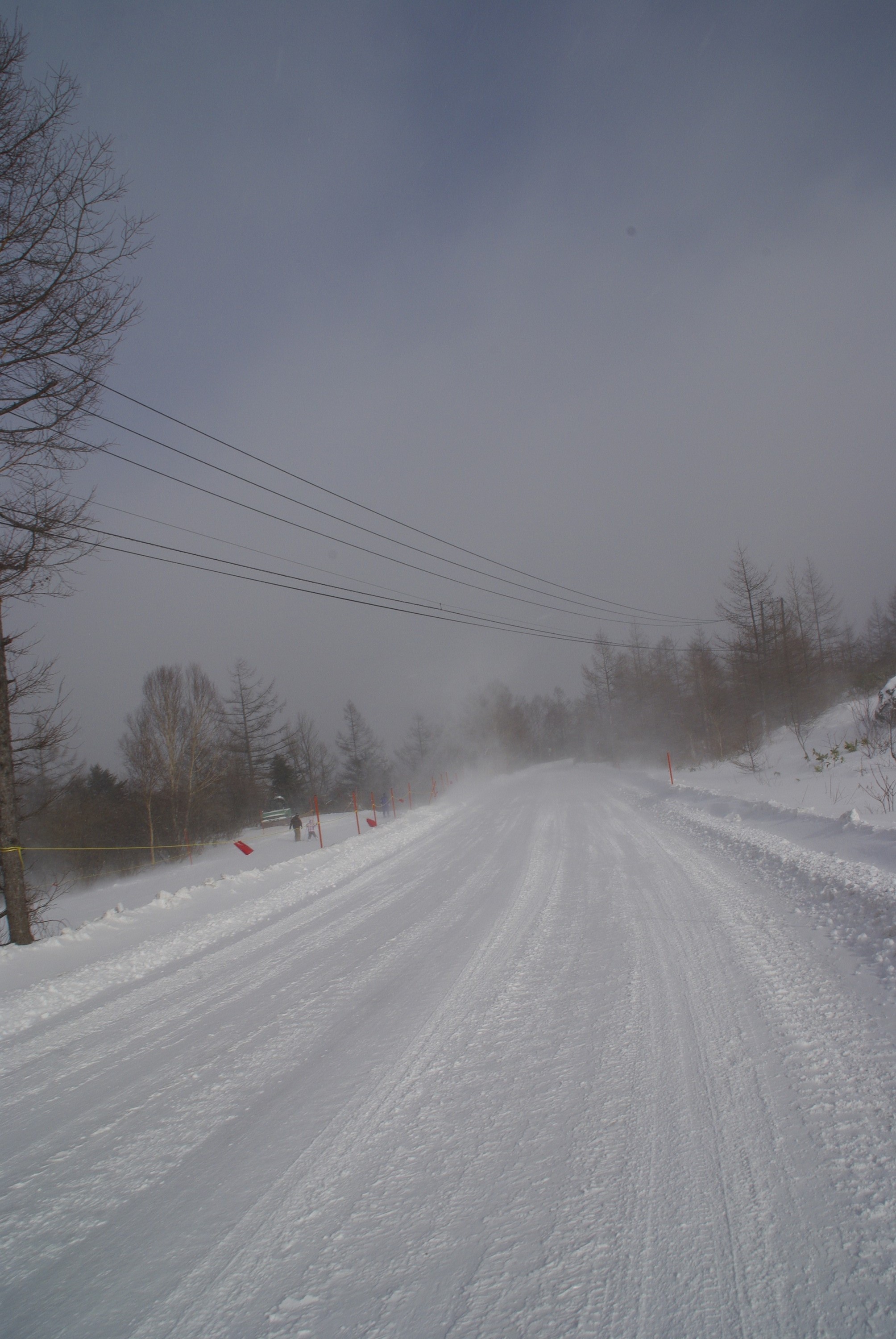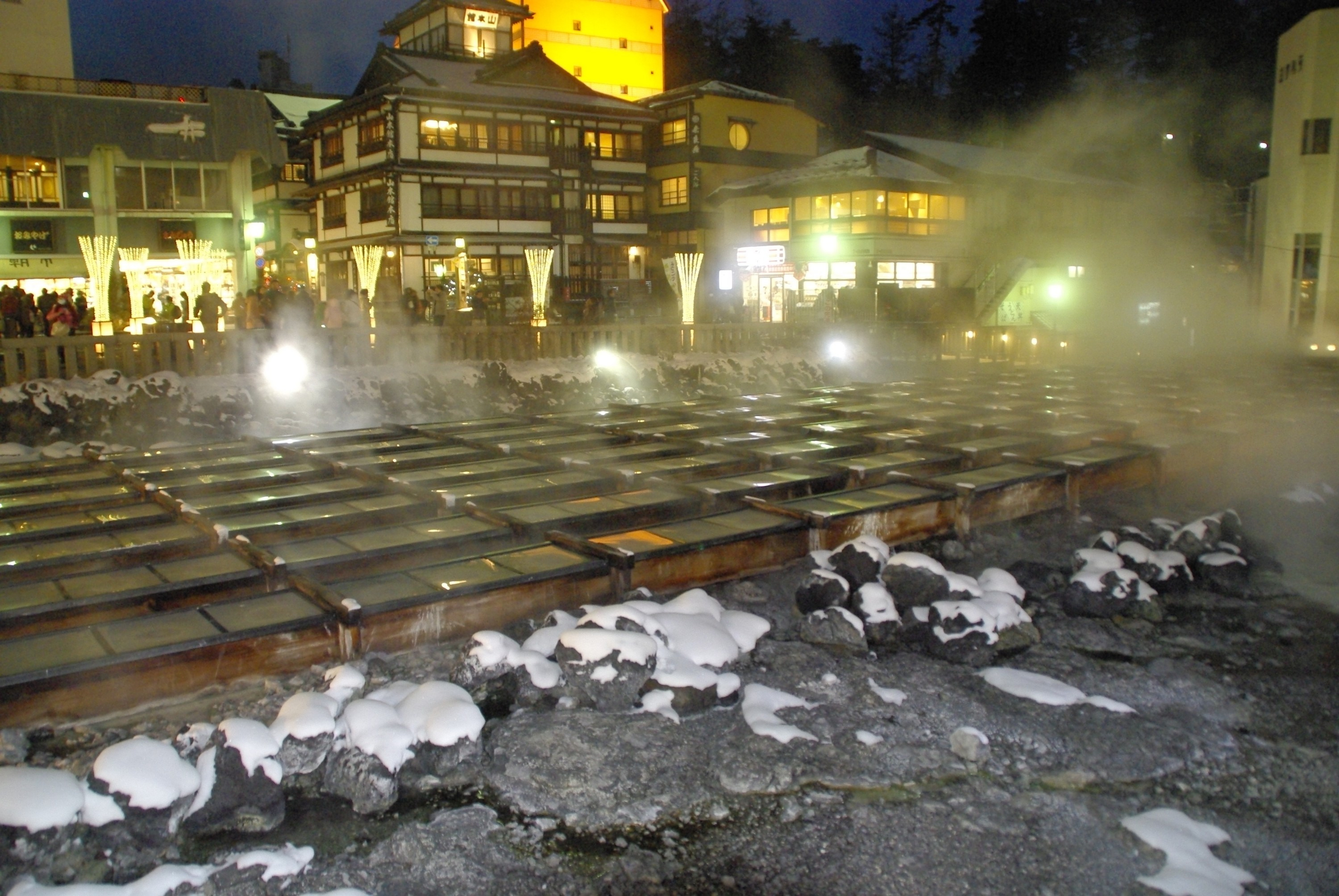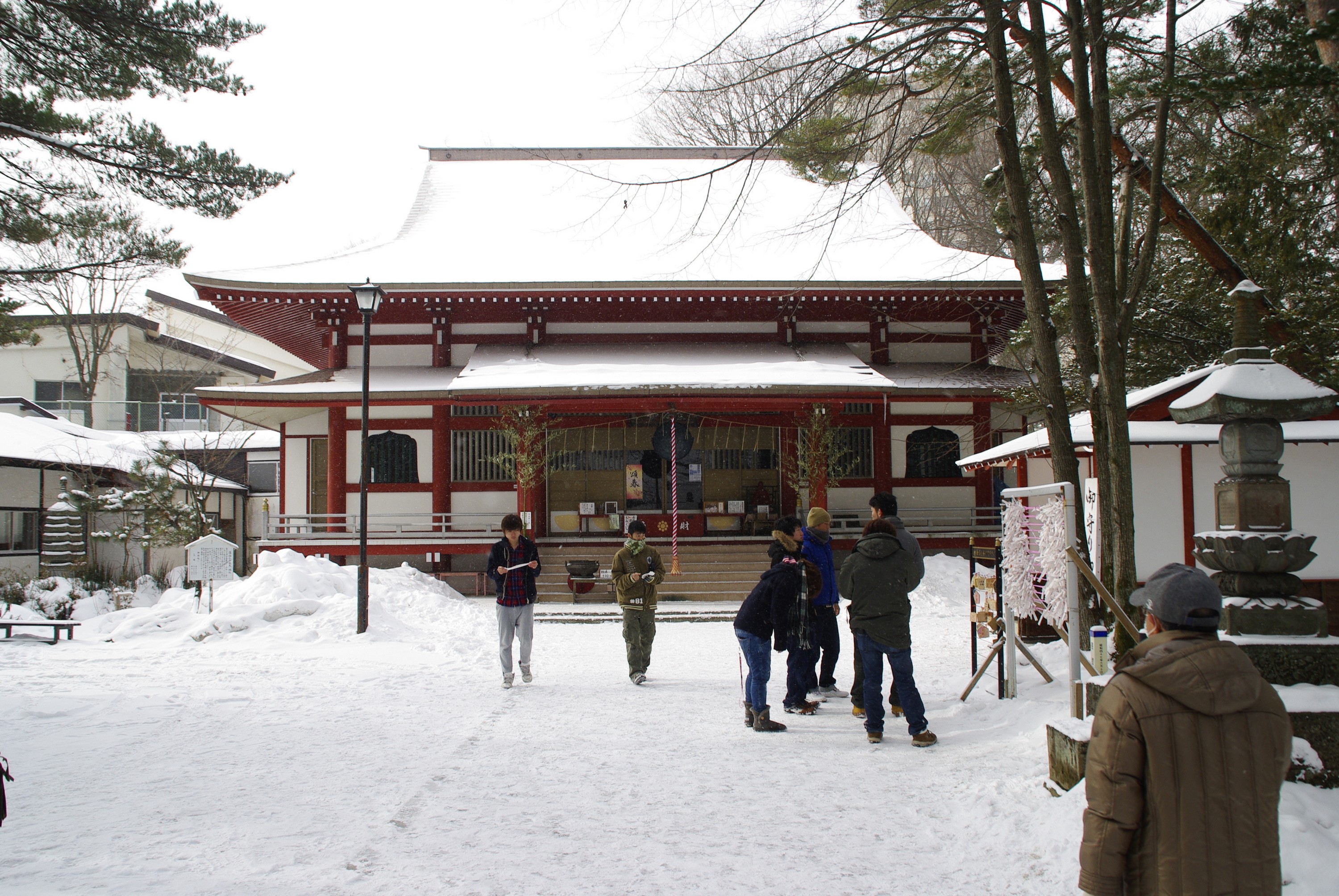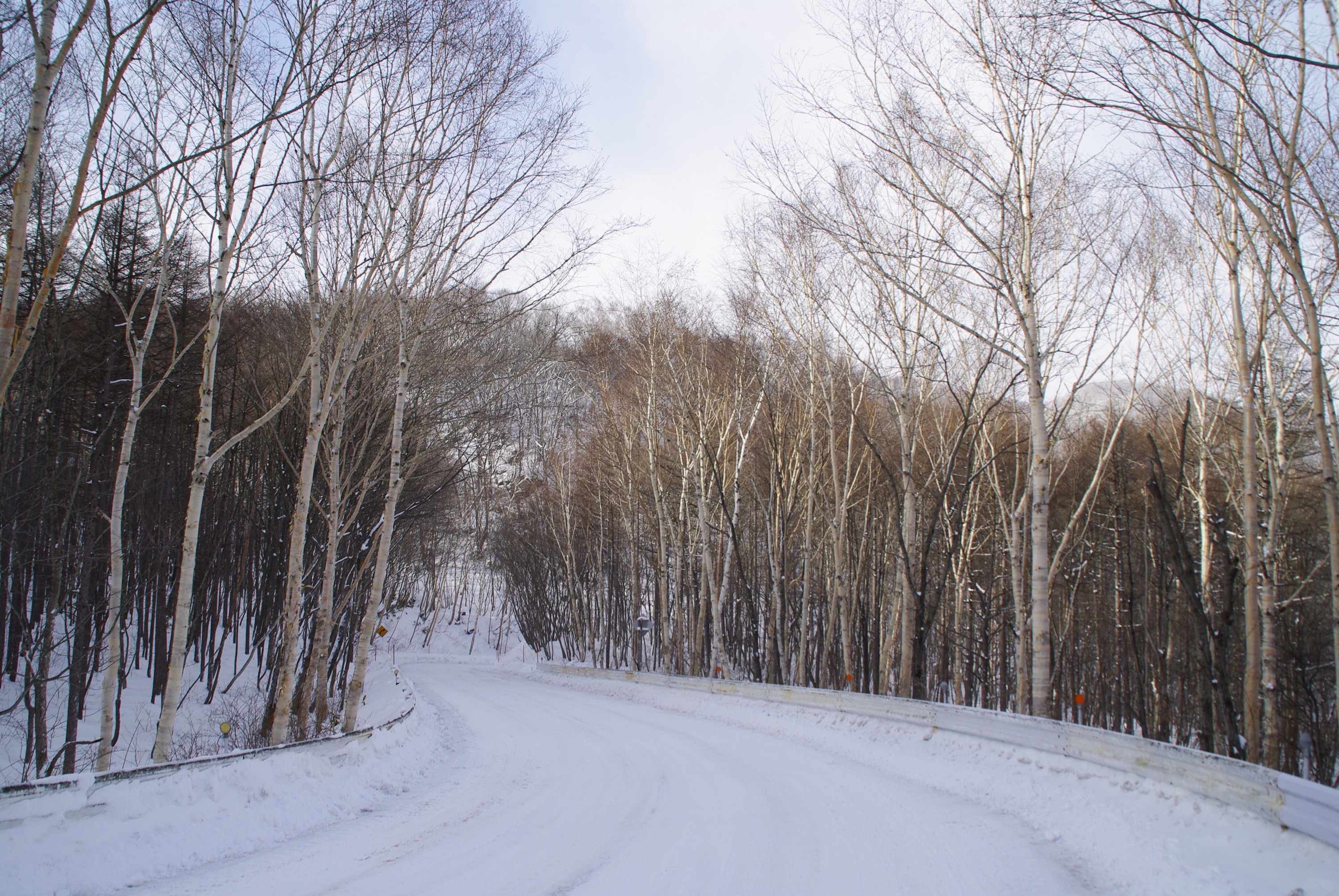Heute geht es nach Nikko-Kinuzawa. Nikko war ich schon zwei Mal. Daher gebe ich Kinugawa eine Chance.
2 Stunden Zugfahrt. Regen. Taifun ist gerade über der Region. Hat aber stark nachgelassen. Regen und Wind. Bootsfahrt. Ganz nett. 30 Minuten mit ein paar Stromschnellen.
Am Ziel treffe ich ein Japanerin derren Freund aus Dänemark kommt und Lübeck kennt, also schon mehrfach besucht hat. Zufälle. Shuttlebus lässt mich in Tobu Square. Raus. Themenpark mit 1:75-Modellen von berühmten Gebäuden. Ganz nett mal hier gewesen zu sein. Hier merkt man wie groß der Tempel in Nara ist. Das Modell wirkt, als wäre der Maßstab falsch. Fazit: Der Park hat schon bessere Tage gesehen und ist etwas teuer geraten.
Nächster Stop Nikko Edomura. Ein Themenpark mit einem kleinen Dorf der Edozeit. Es gibt schöne Shows. Man kann sich zeitgemäß kleiden. Ich wähle herrenloser Samurai (Ronin). Fordert einen kräftigen Schluck aus der Brieftasche. Schon der Eintritt war happig.
Bin nun selbst eine Attraktion wie es scheint. Die Frisur macht ein übriges. Schlendere durch die Park. Habe 4 Stunden. Die reichen allemal. Ninjashow ist ganz nett.
Muss das Kostüm zurückgeben. Laufe danach zivil rum. Werde wiedererkannt. Einzelne Akteure des Parks grüßen mich mit Samuraisama.
Nach dem Park zurück zum Bahnhof. Bis zur Rückfahrt noch Zeit für Abendessen. Aber kein Restaurant. Kein Izakaya. Laufe durch den Ort. Um 18 Uhr öffnet ein Ramenladen. Geht doch.
22 Uhr nach Abstecher nach Akihabara zurück im Hotel. Koffer packen. Morgen geht es weiter nach Yudanaka. Morgen übrigens ein Anlauf zum Tsukiji. Dafür muss ich um 3 Uhr am Hafen sein. Werde die Nacht wohl durchmachen.
Fazit des Tages: Kinugawa ist auf dem absteigenden Ast. Tobu Square gehört in die Kategorie: Wenn man auf der Ecke ist und Zeit übrig hat. Nikko Edomura ist ganz nett, aber teuer.

